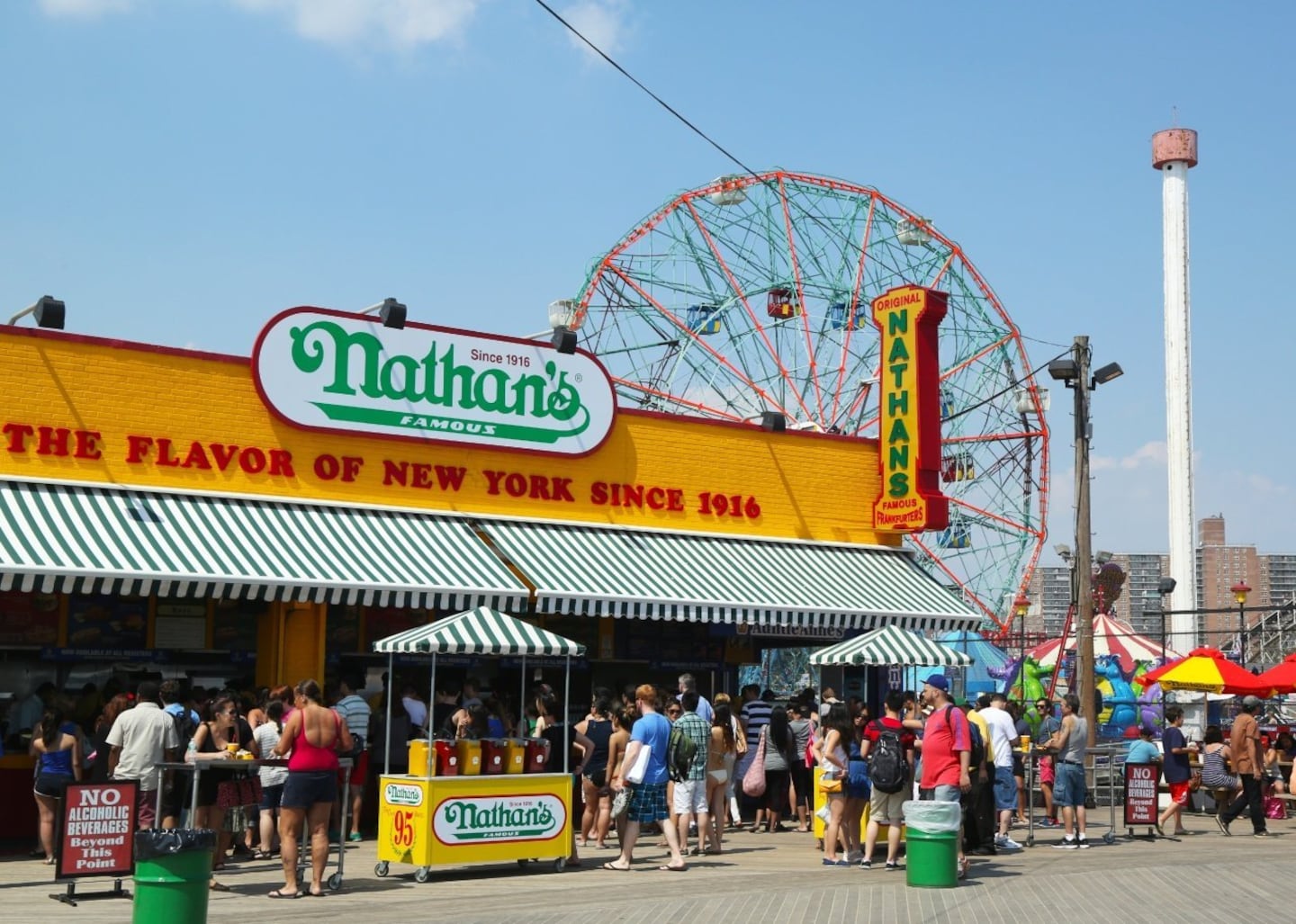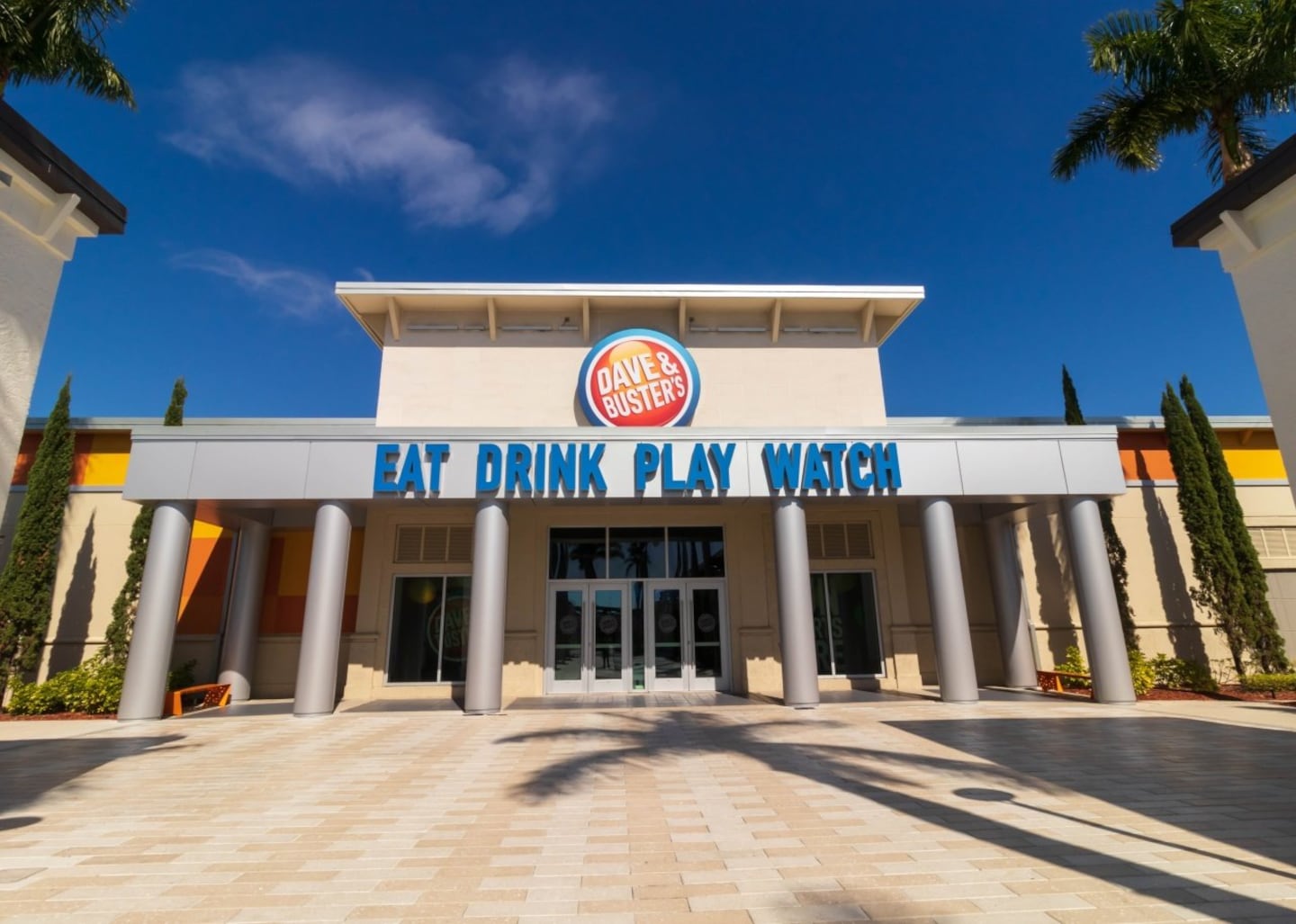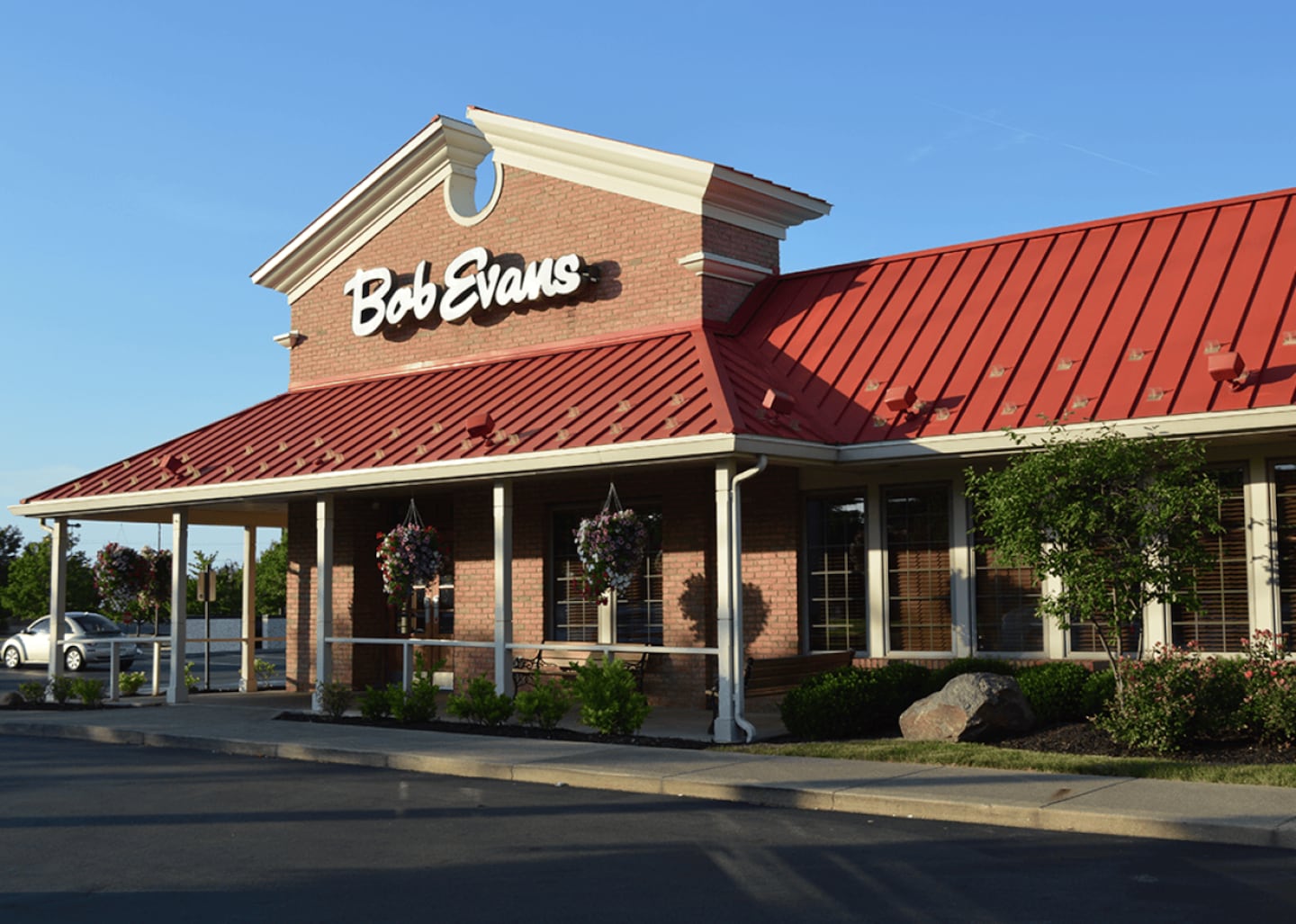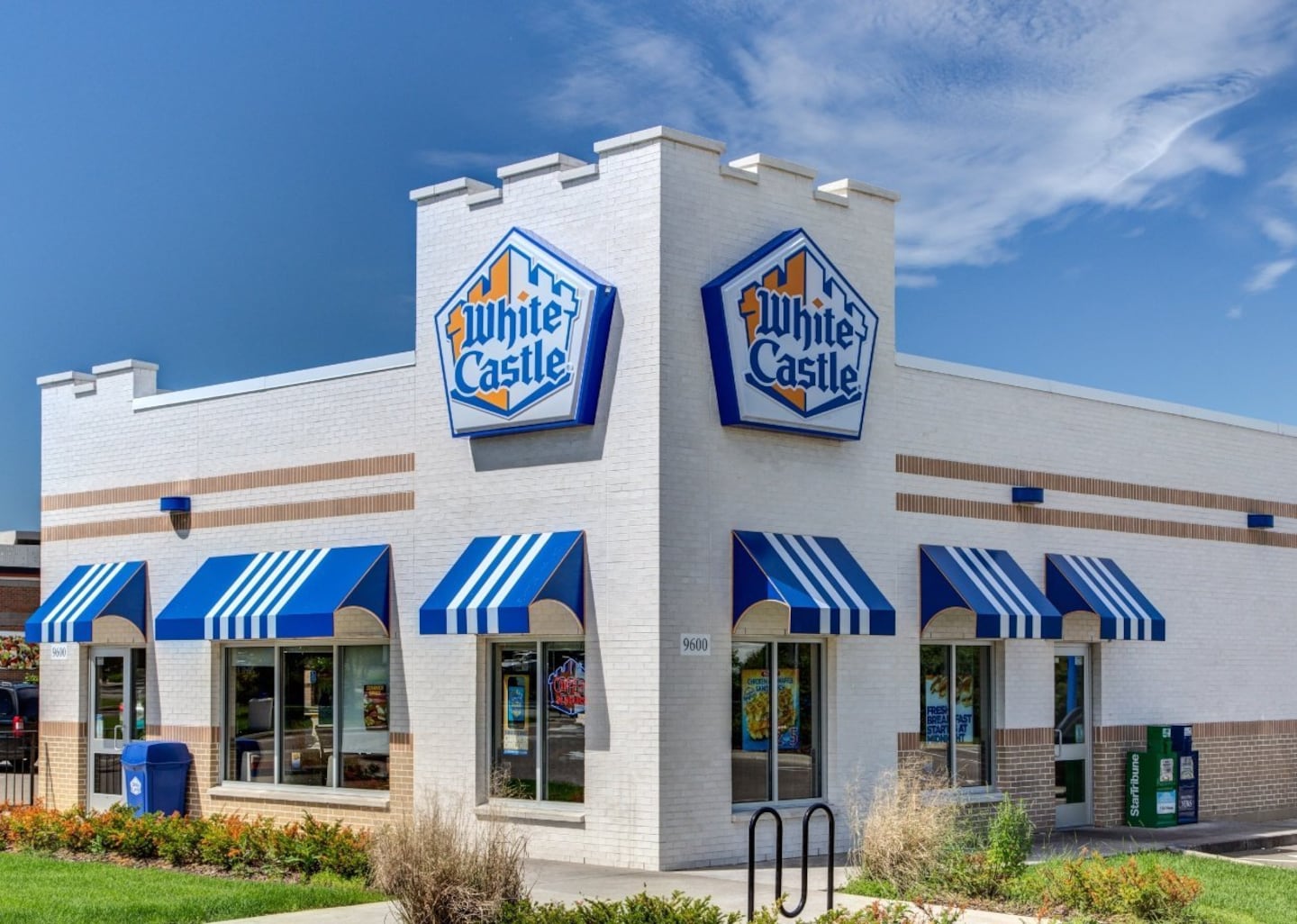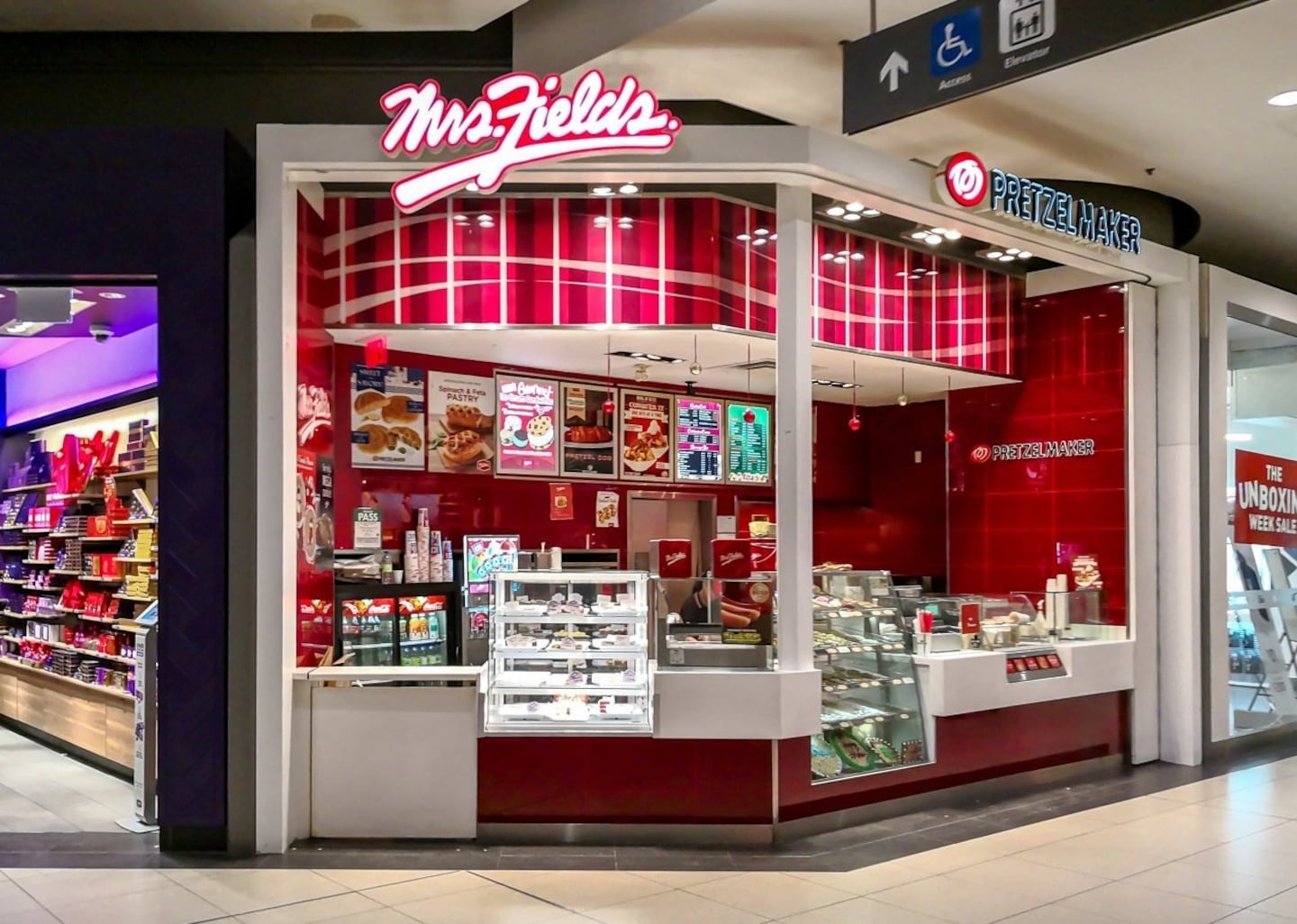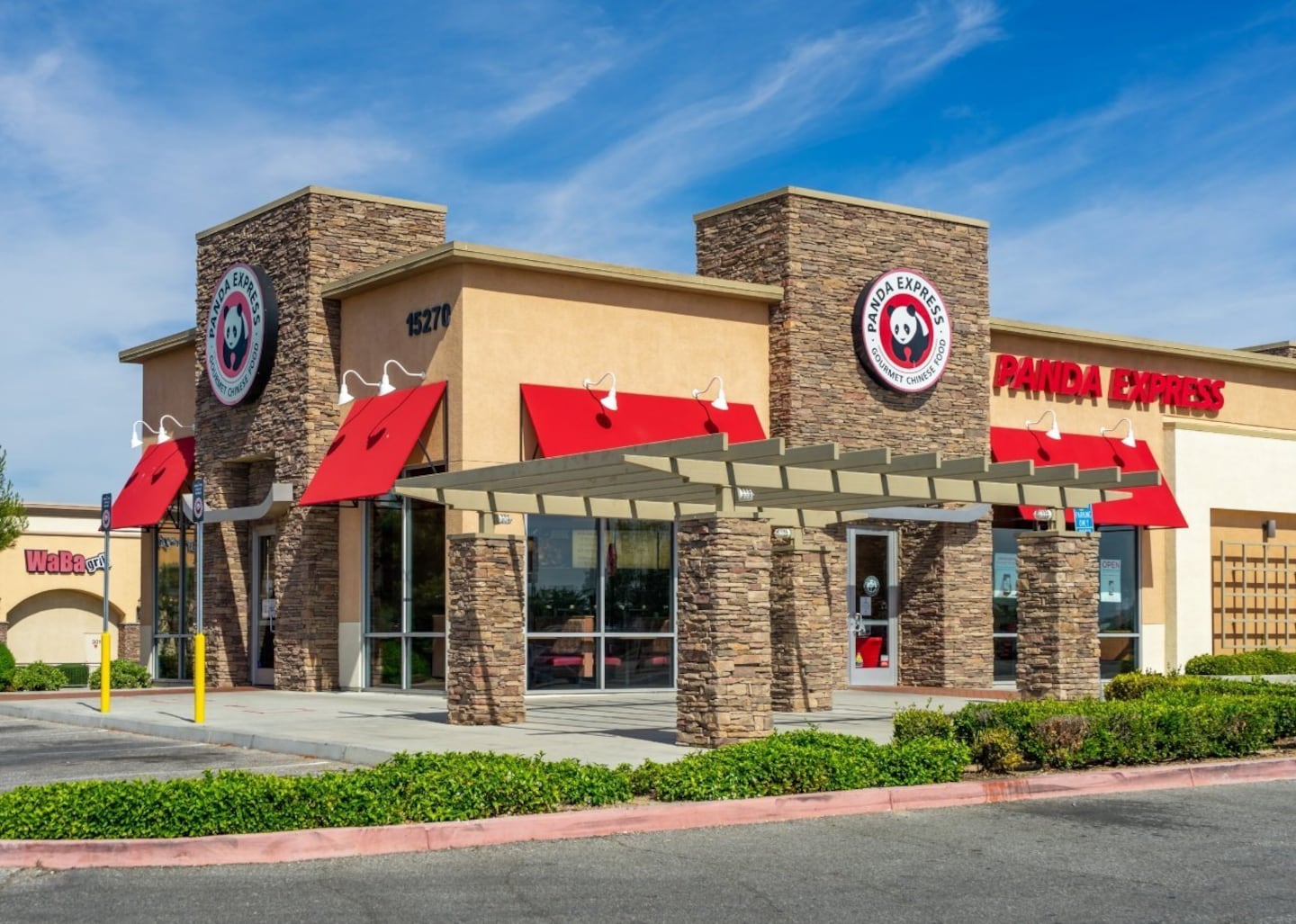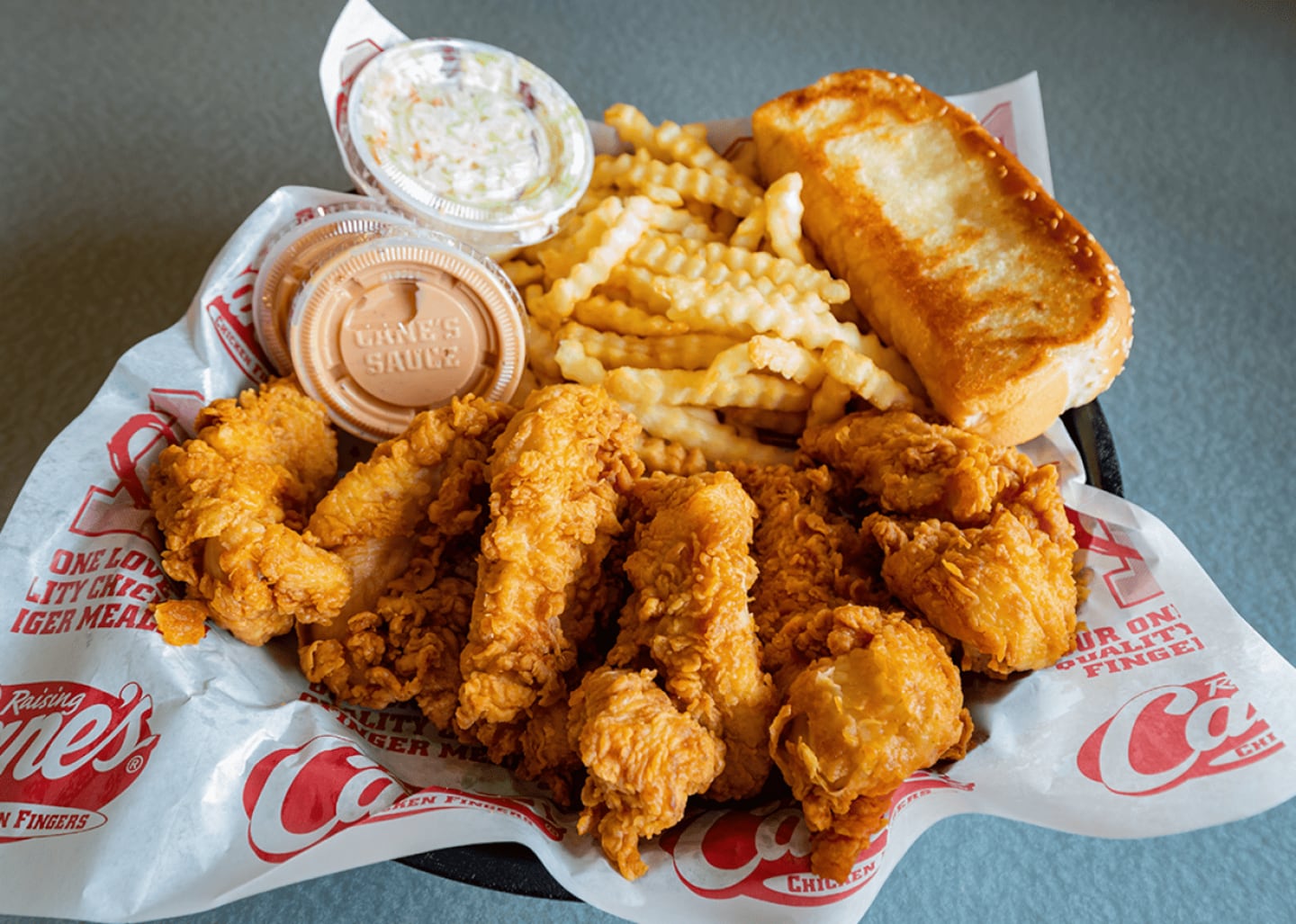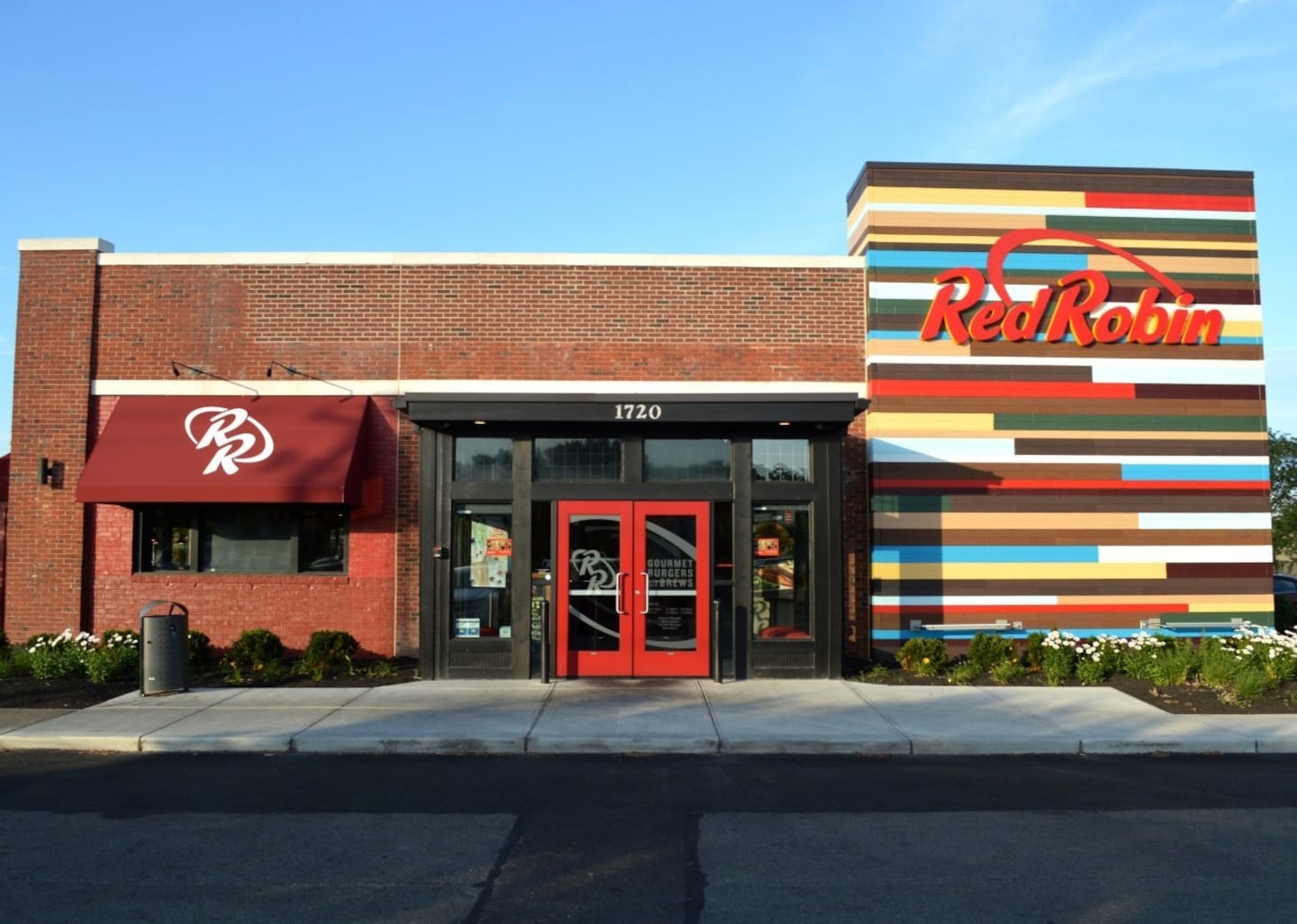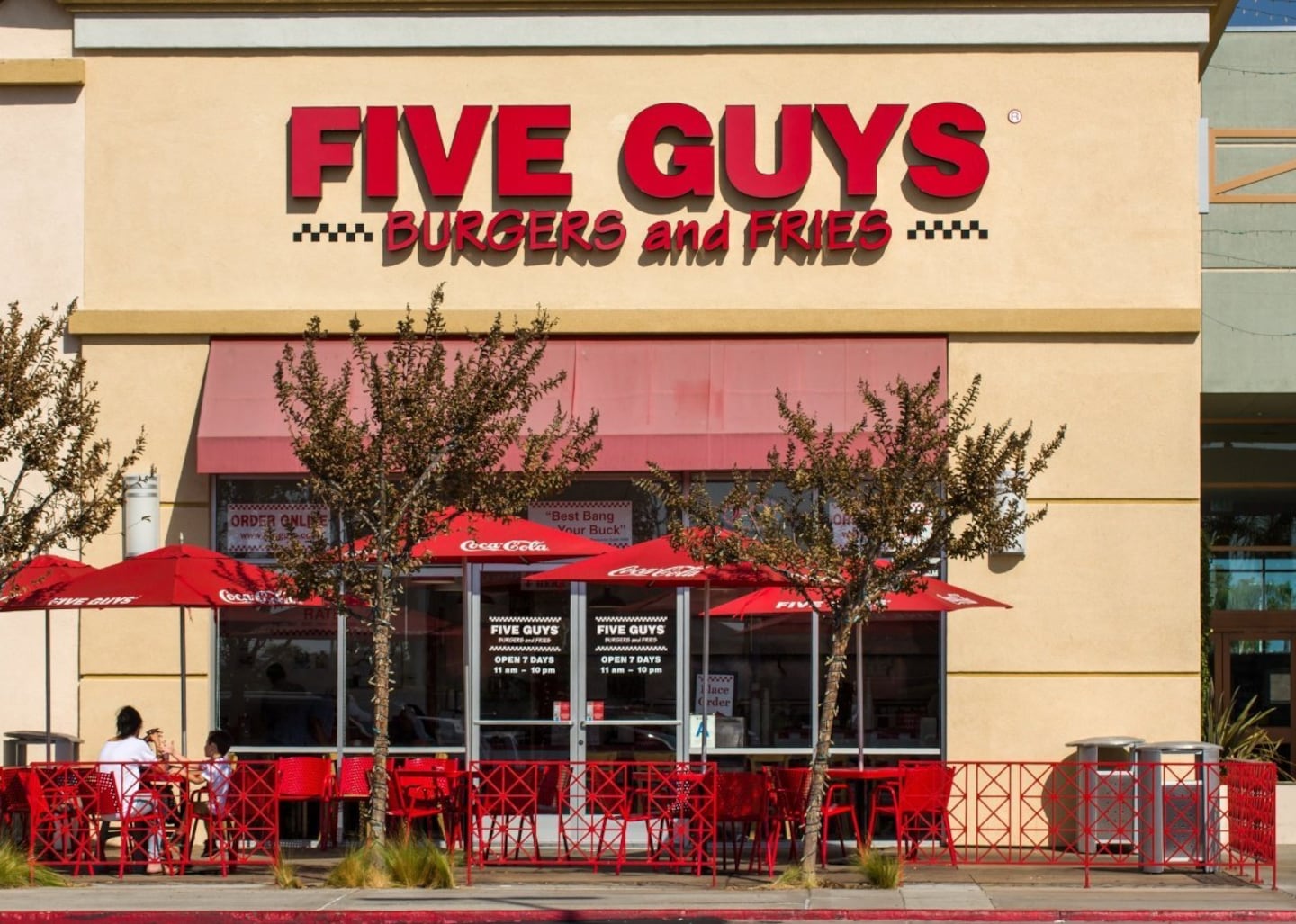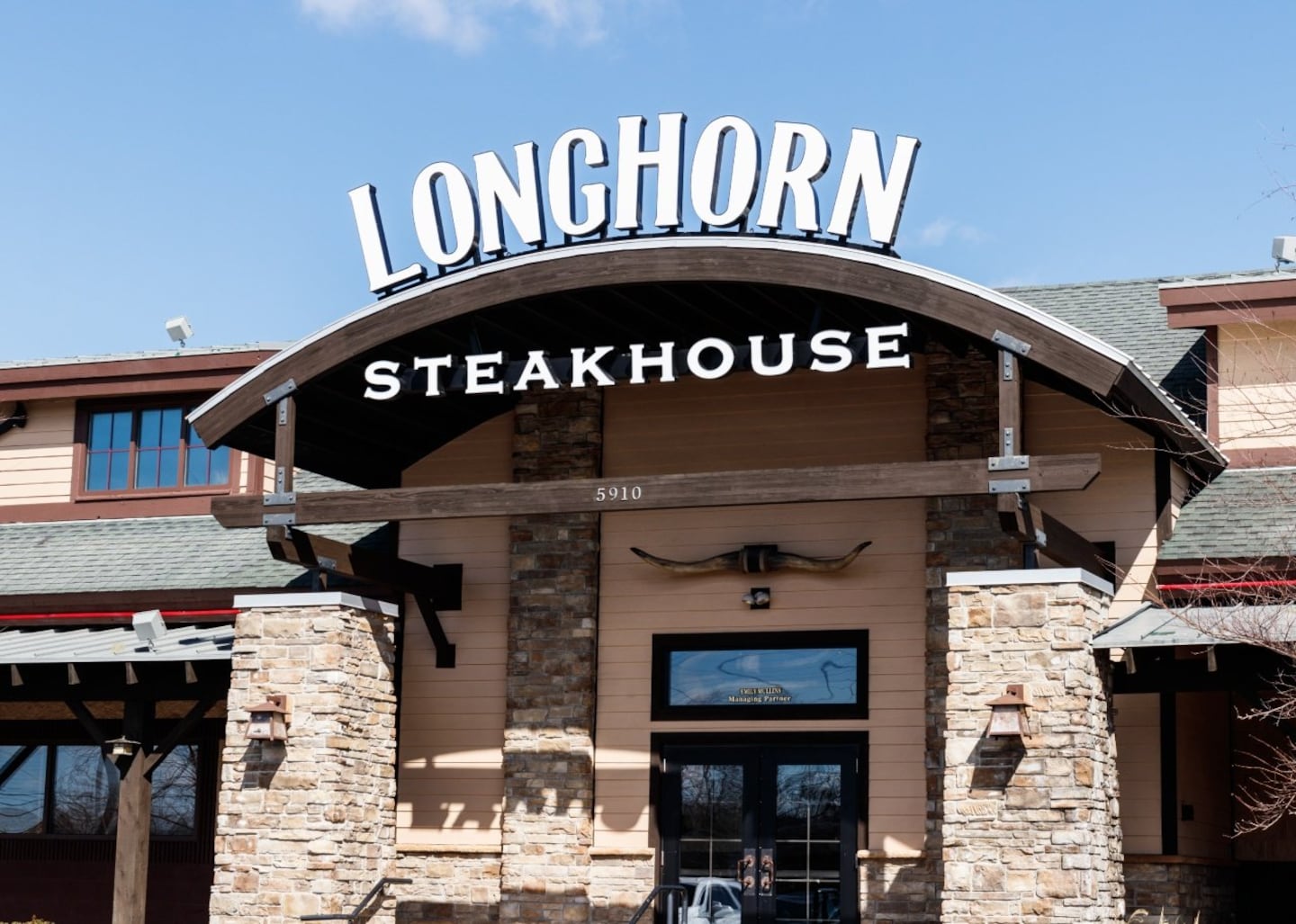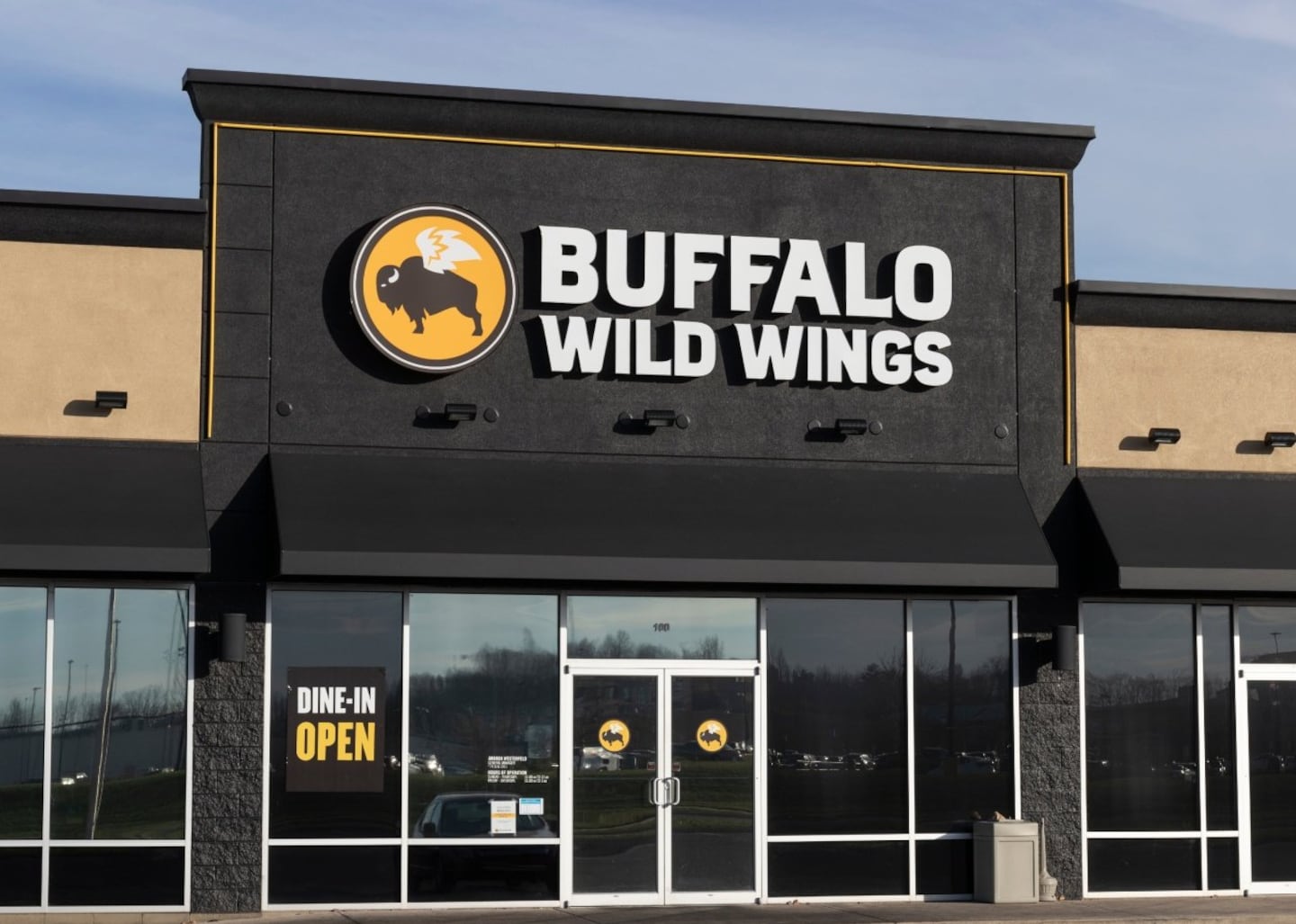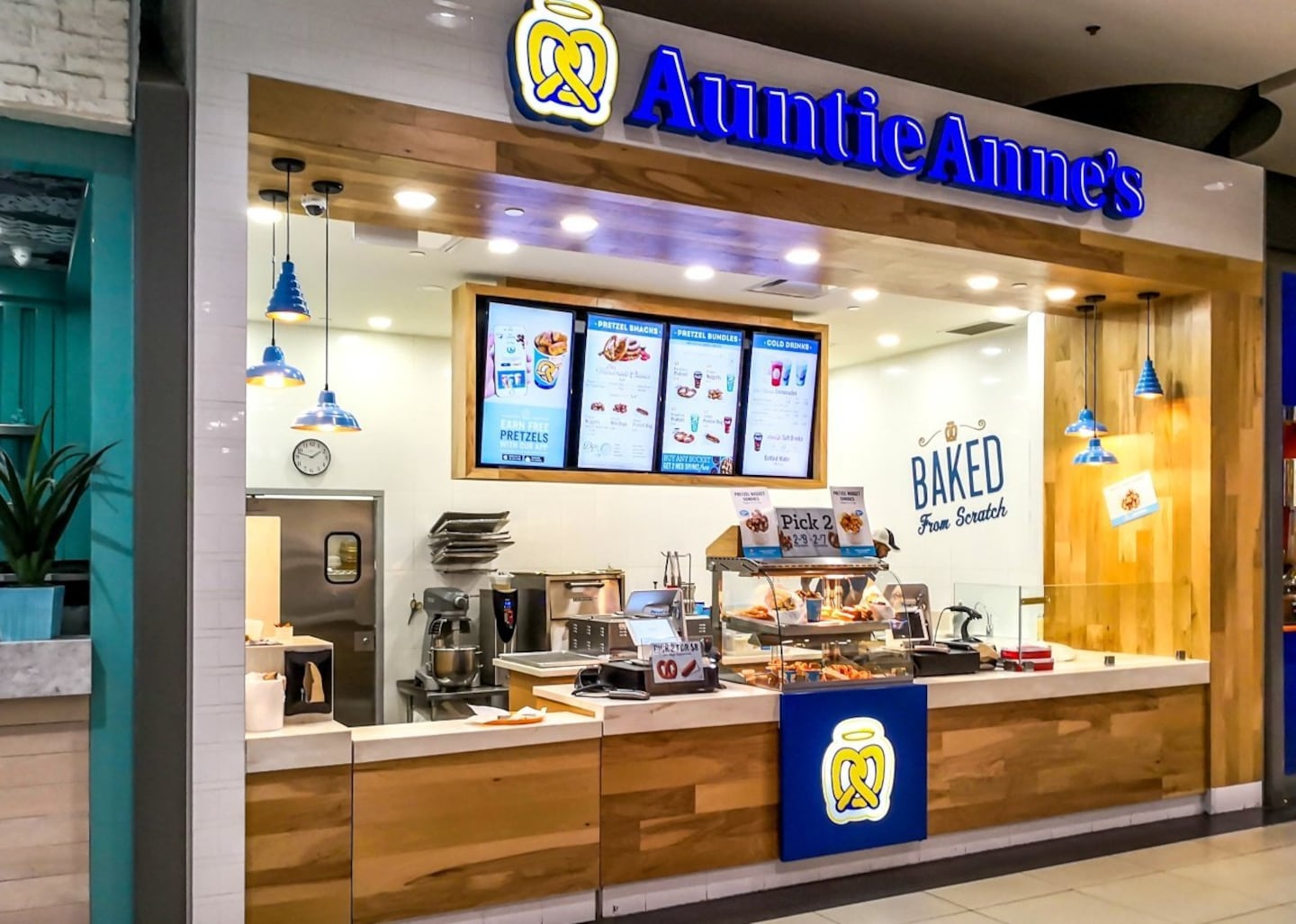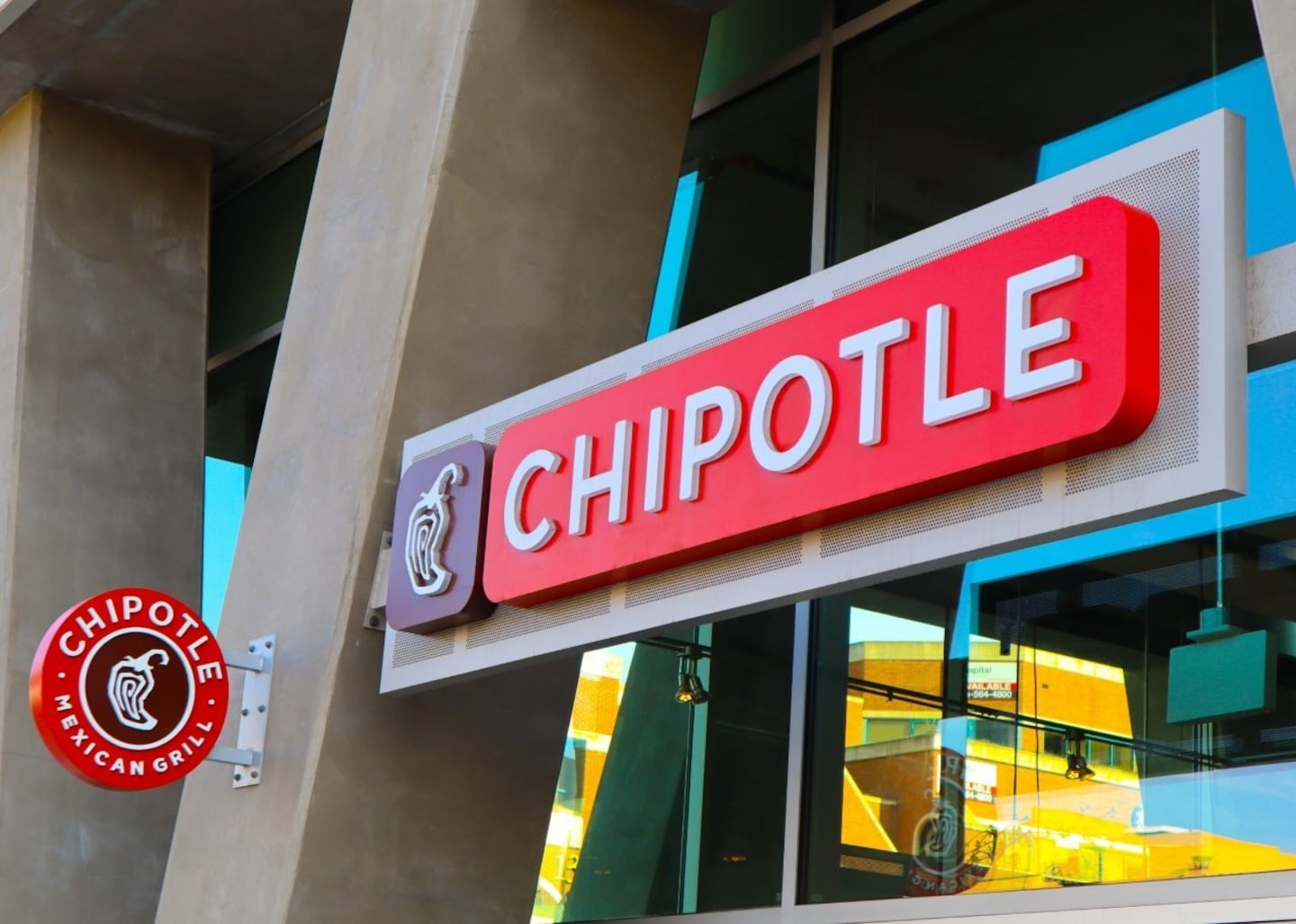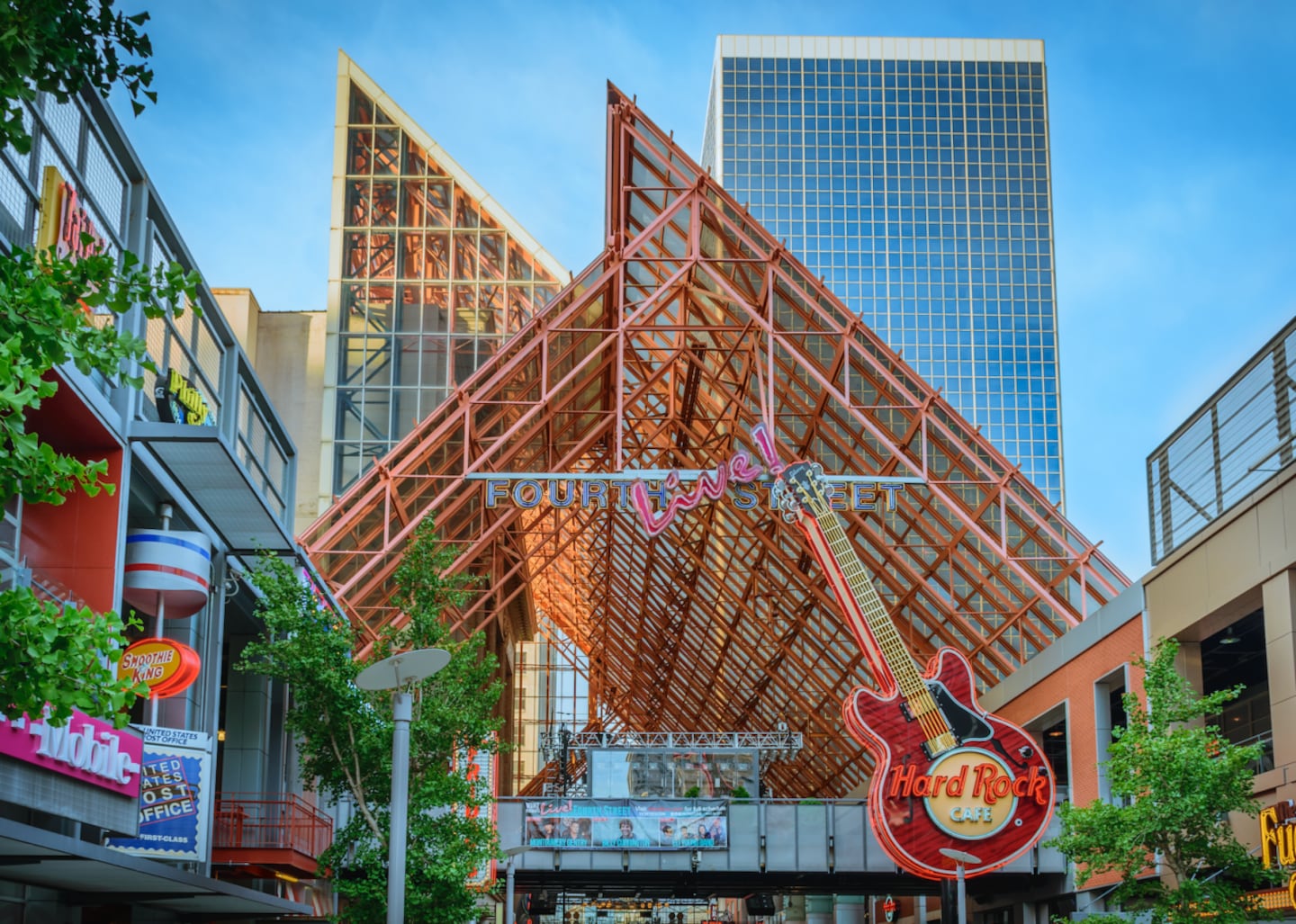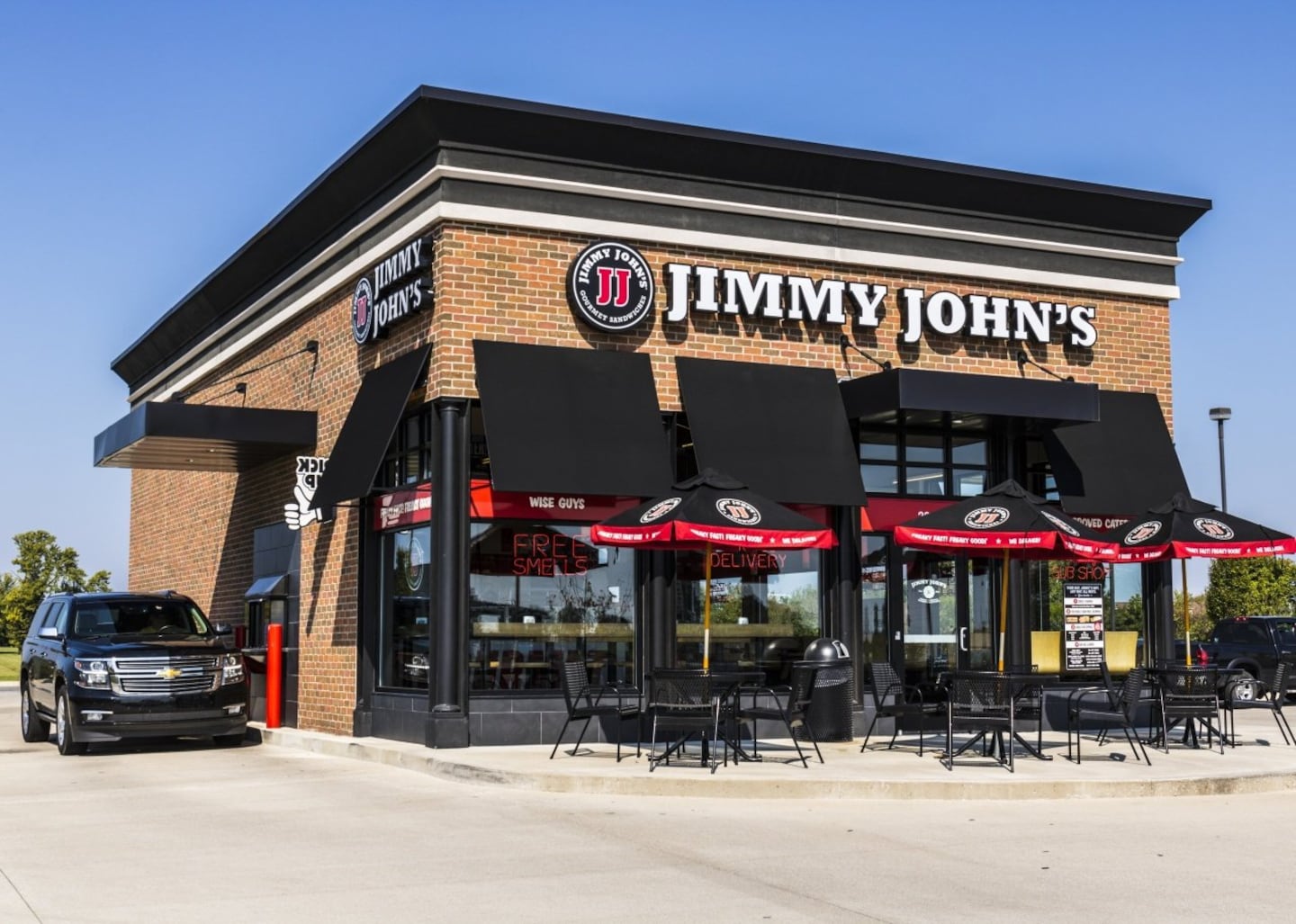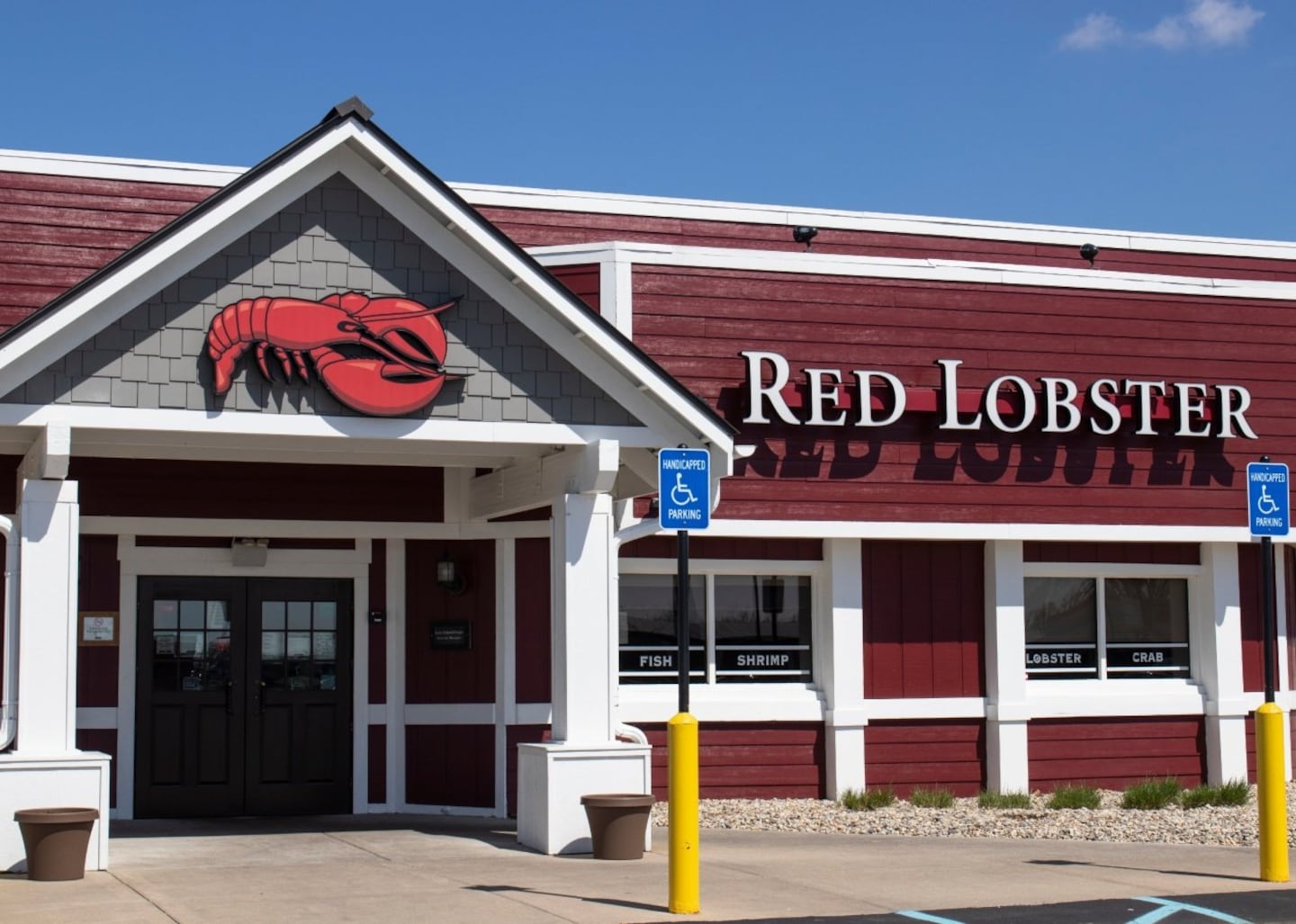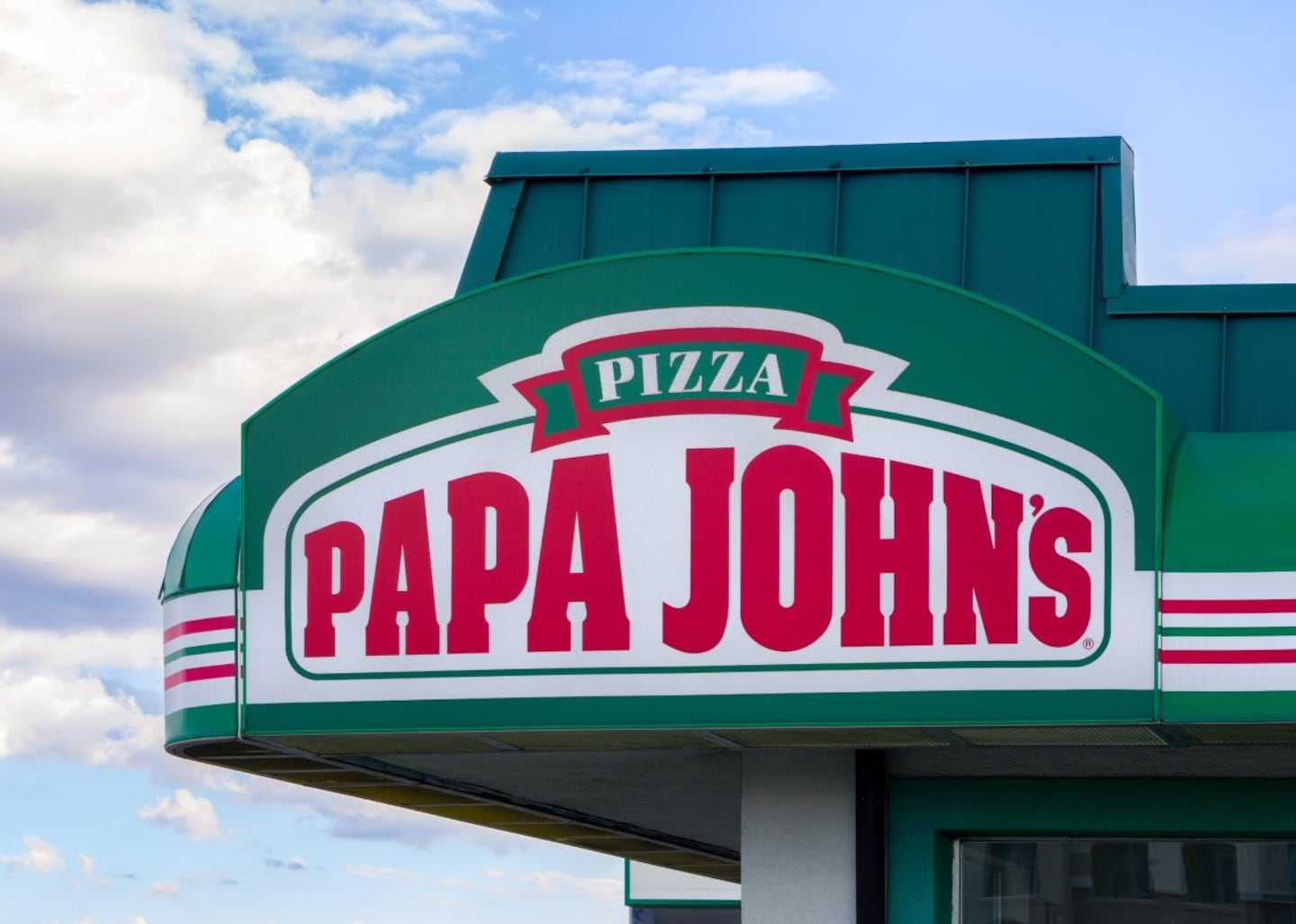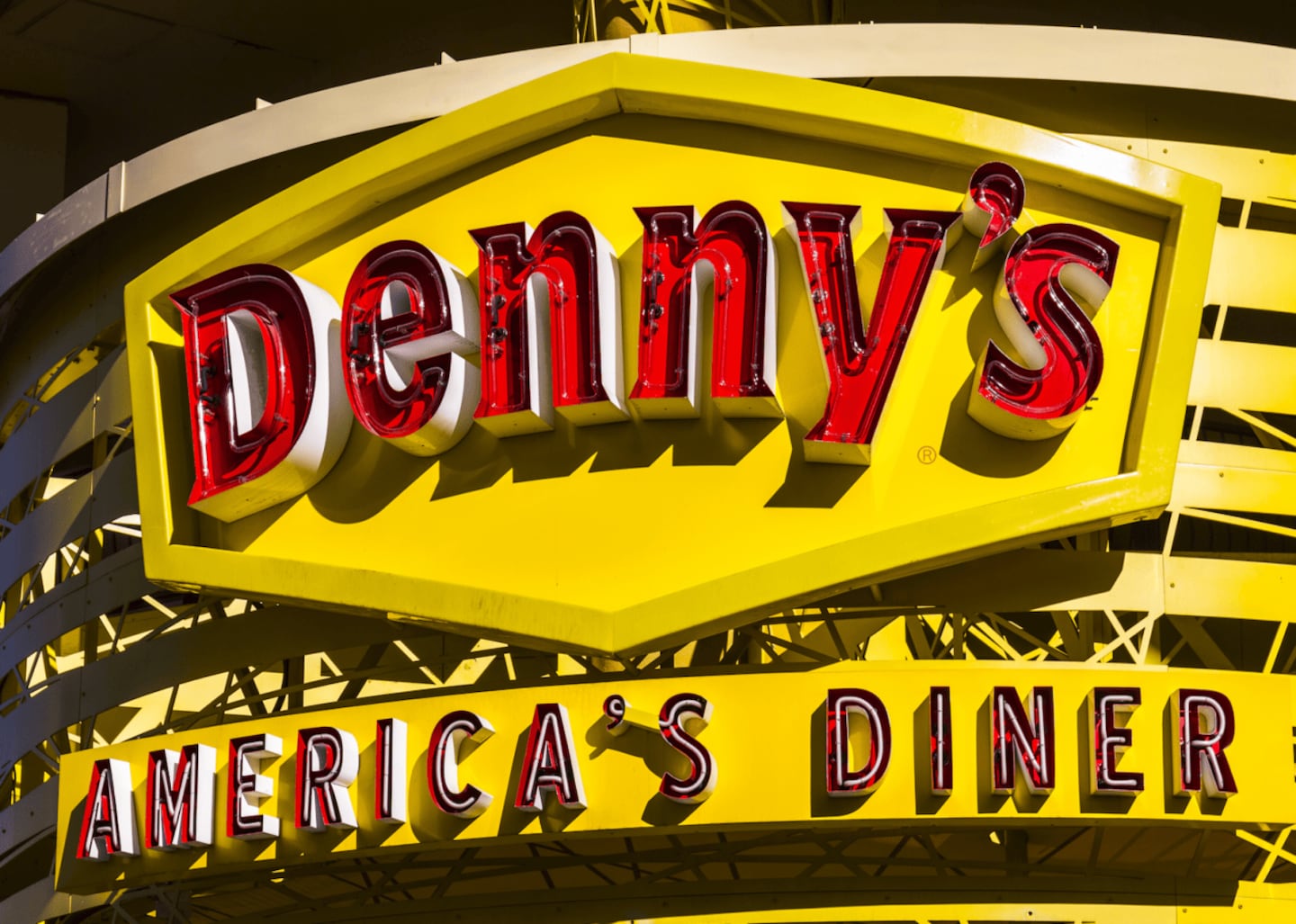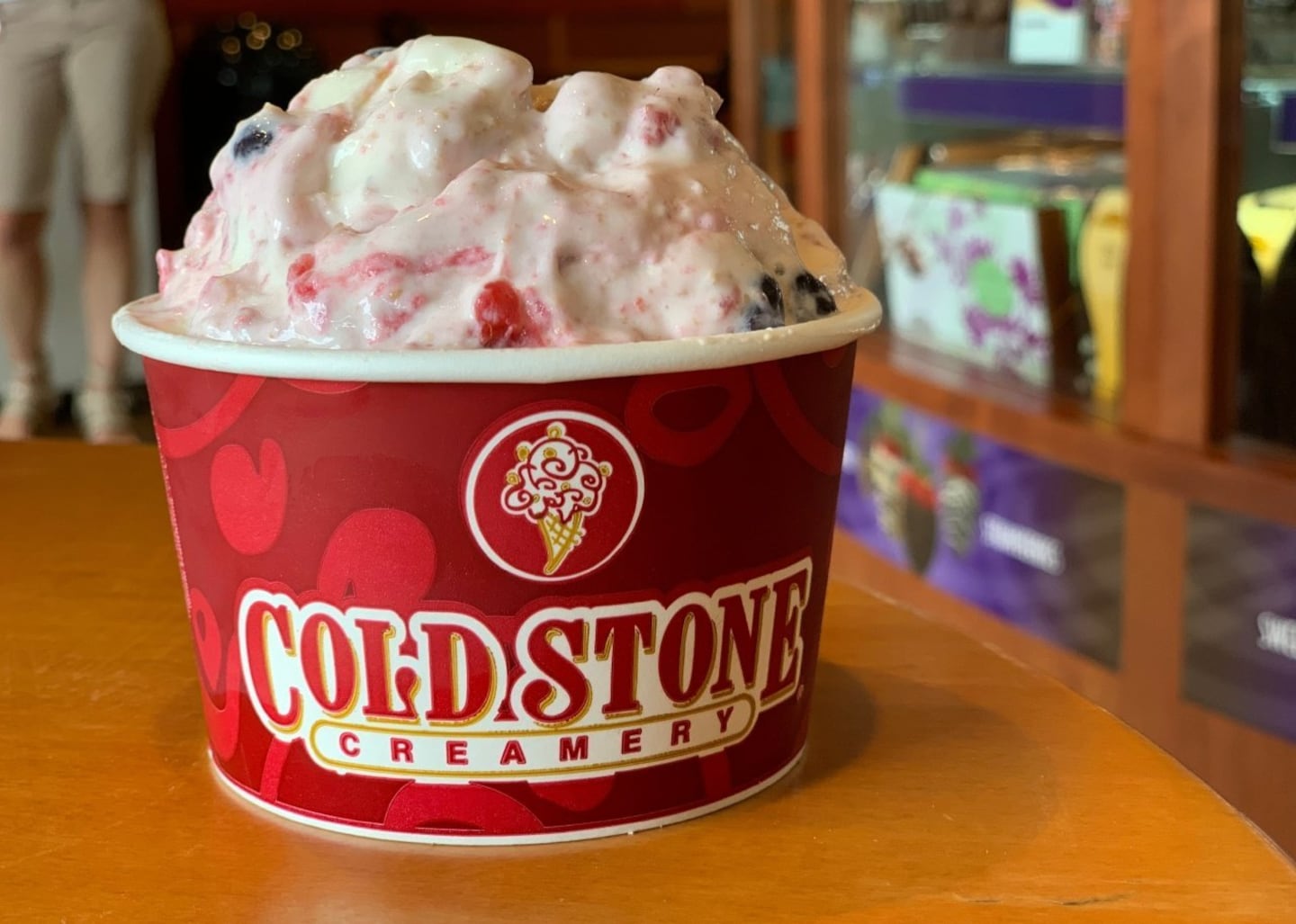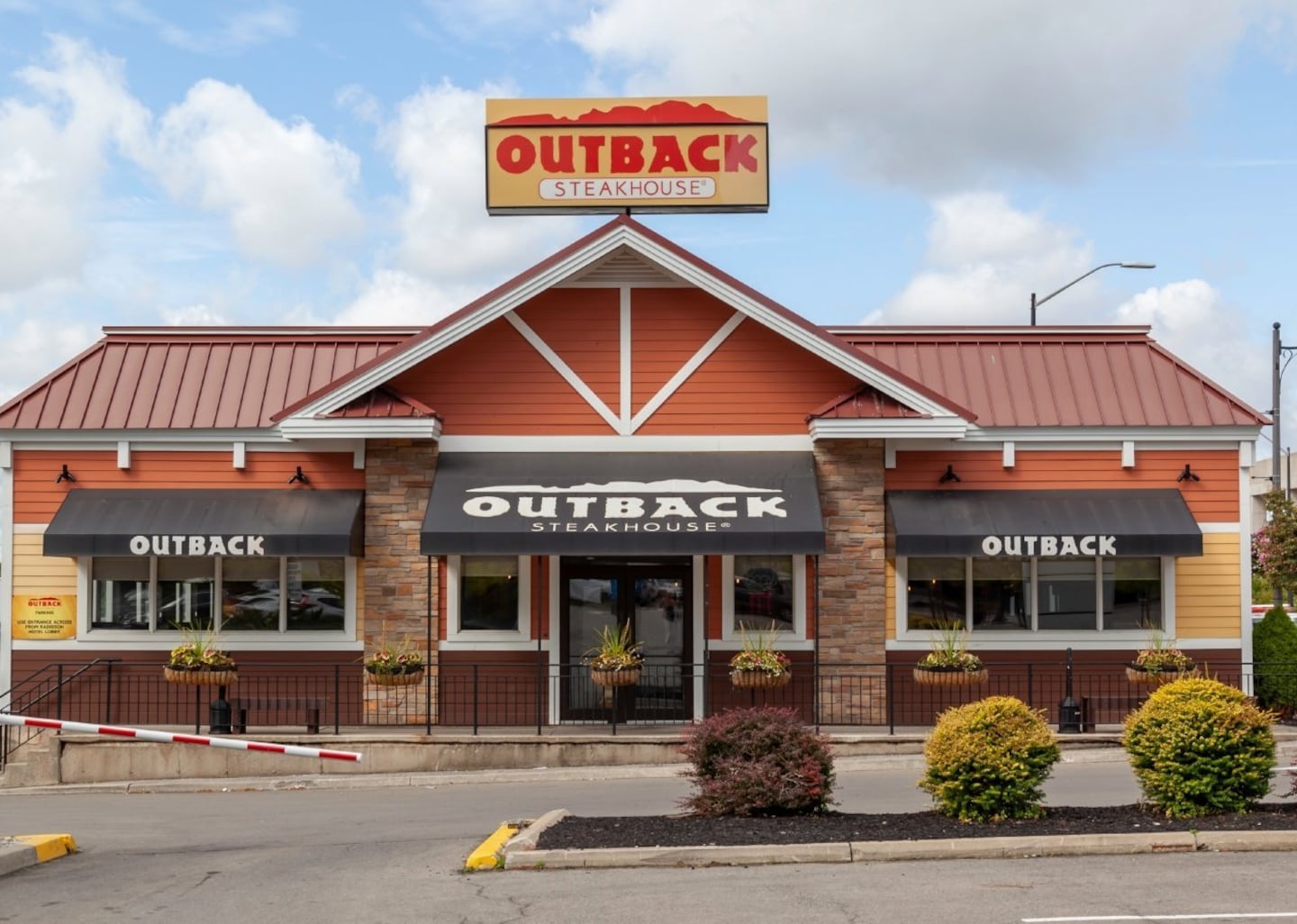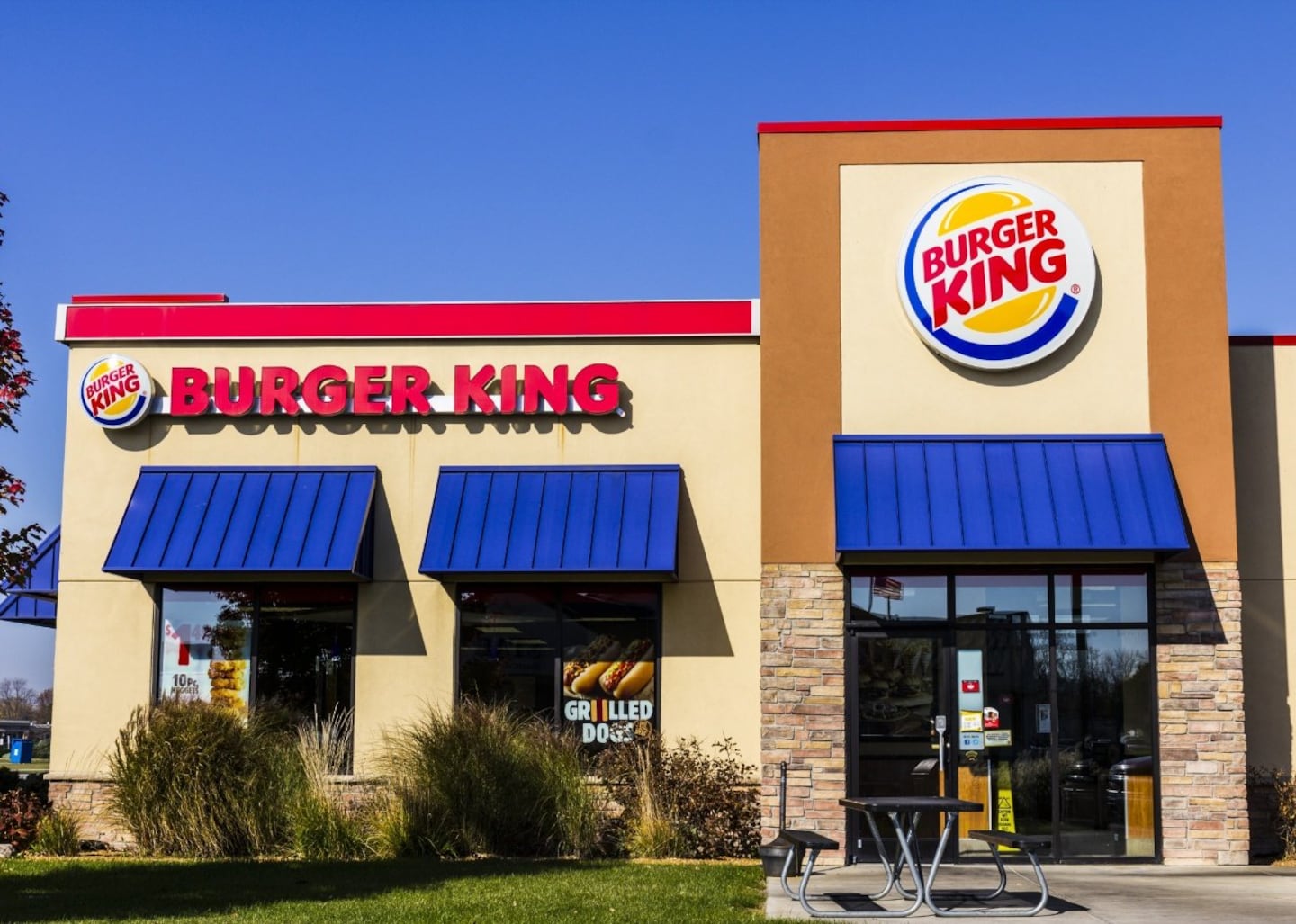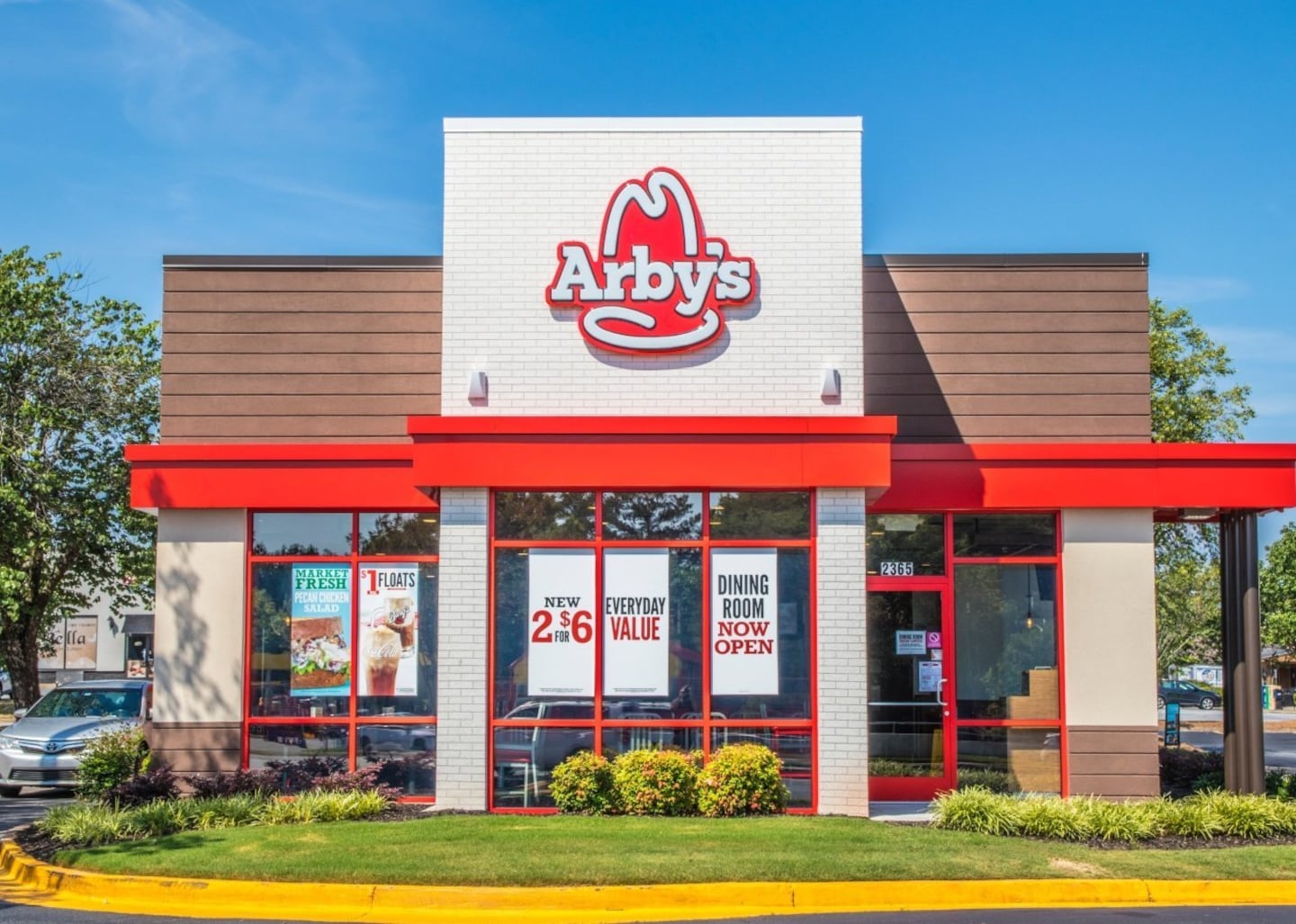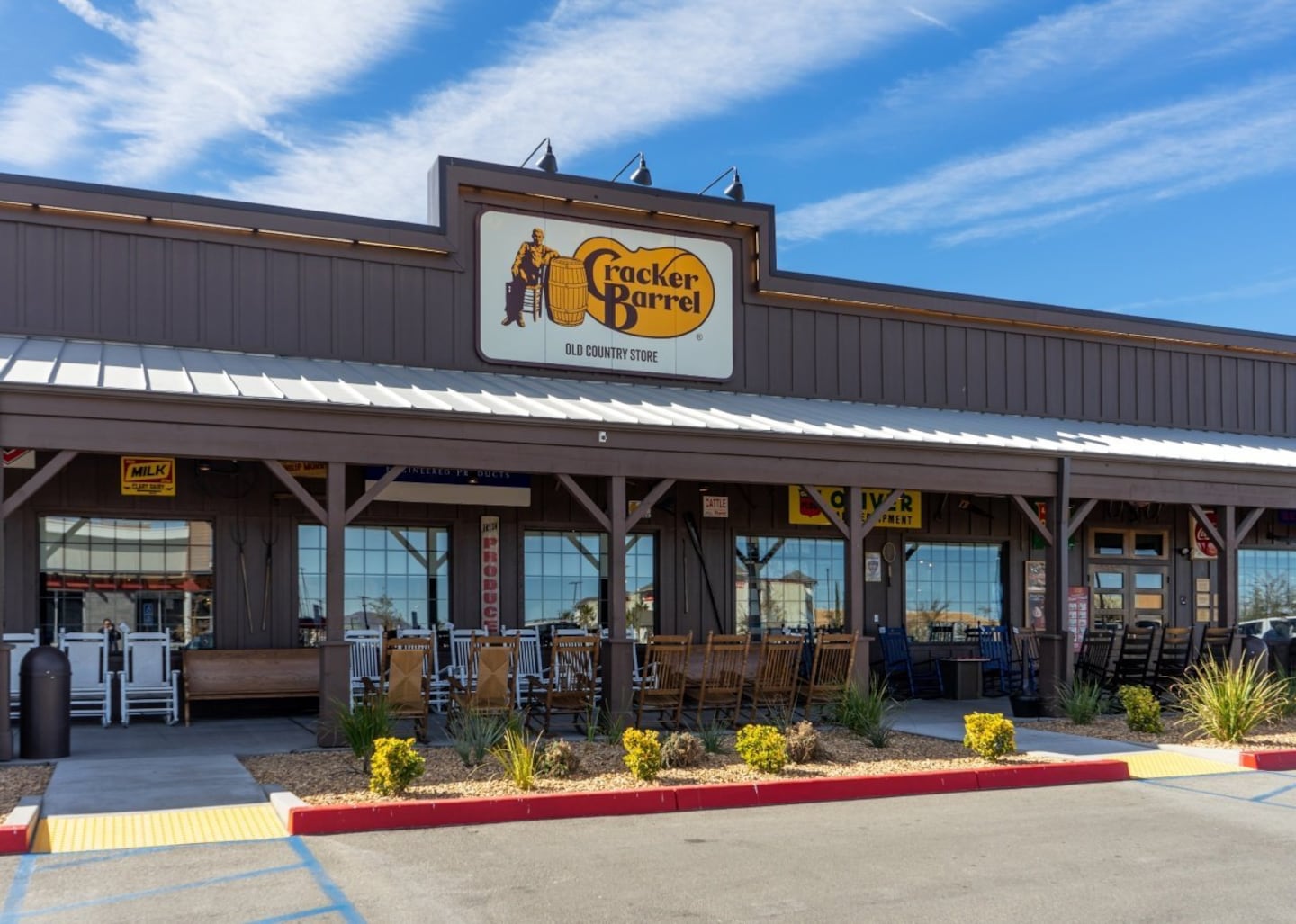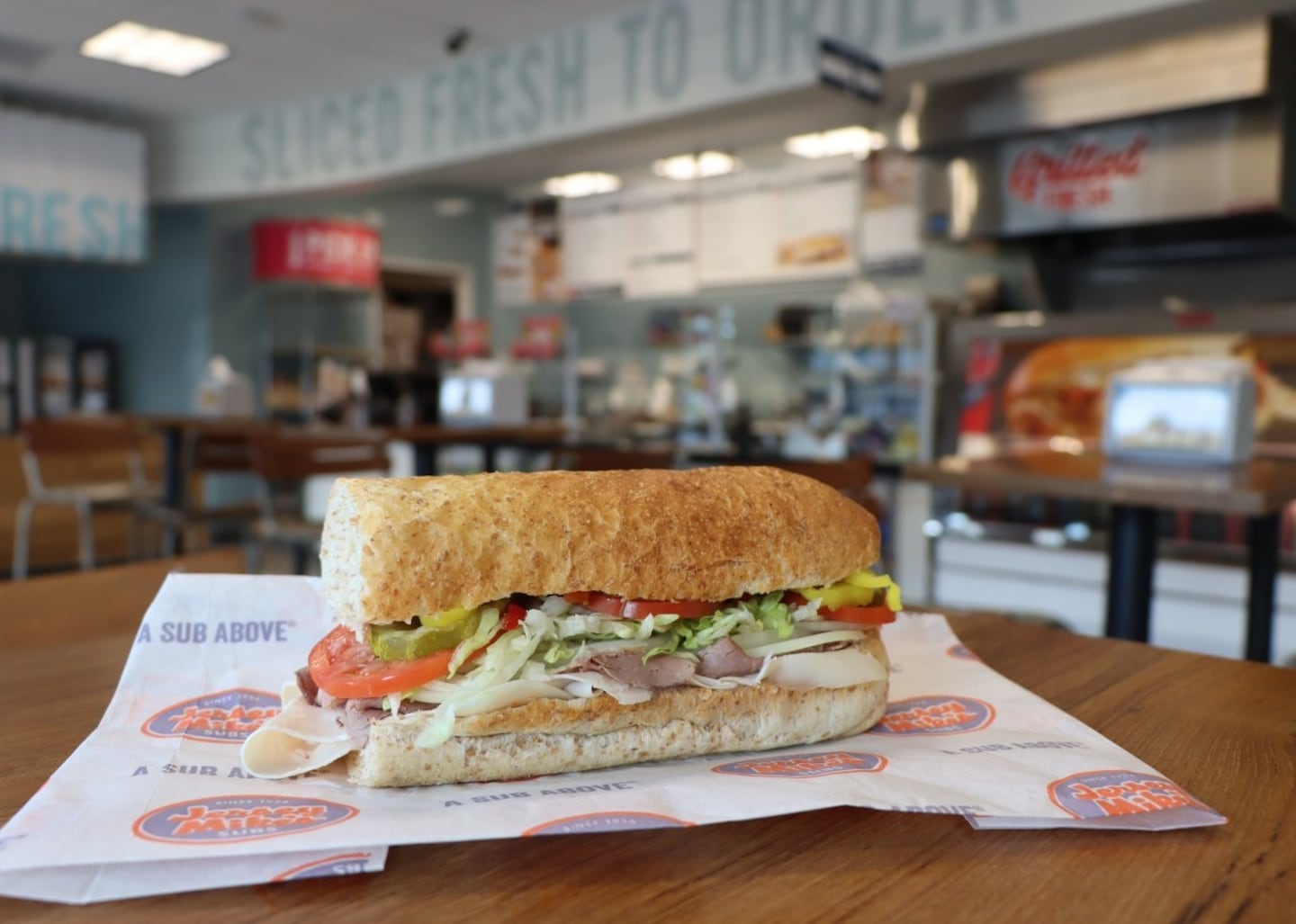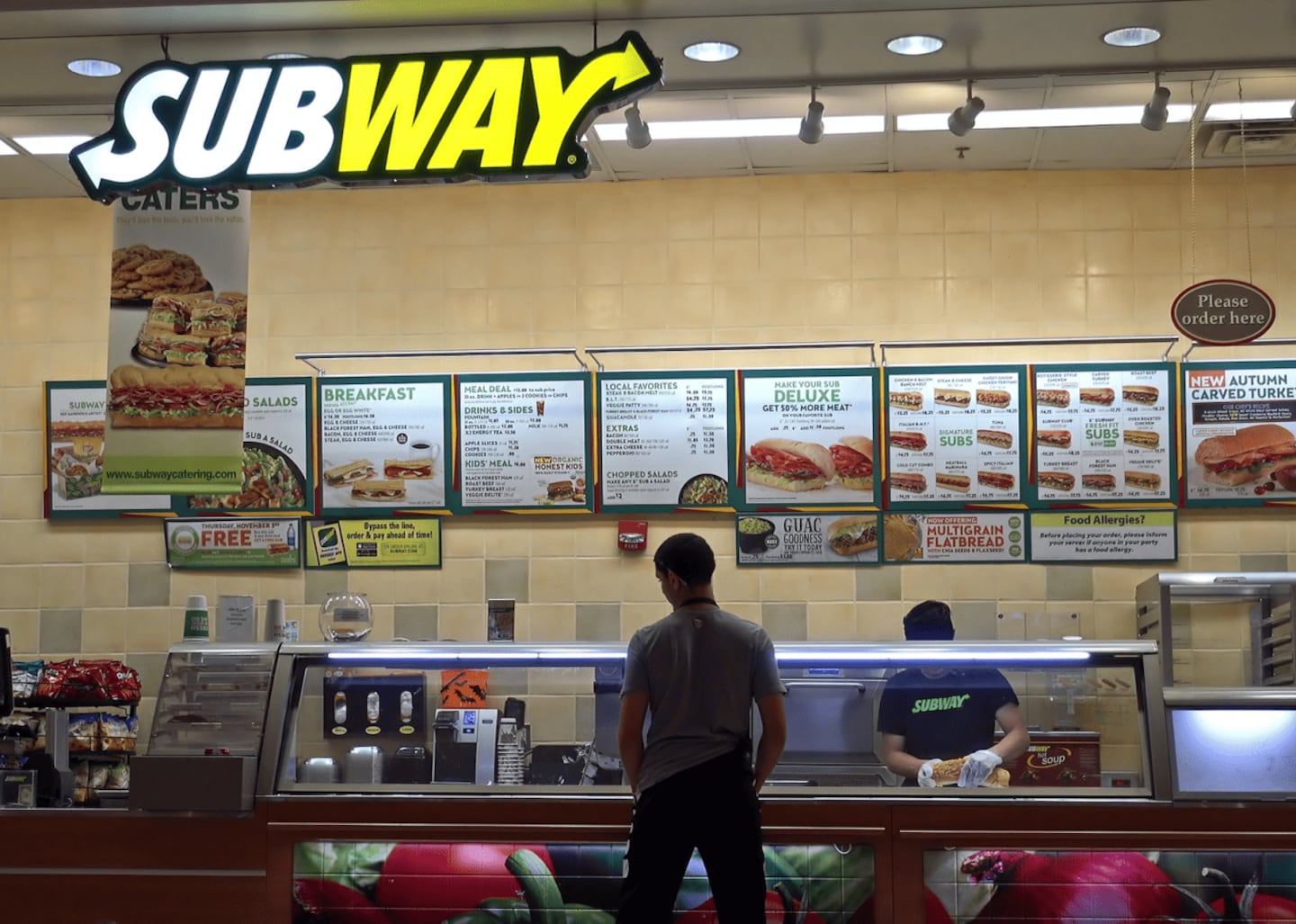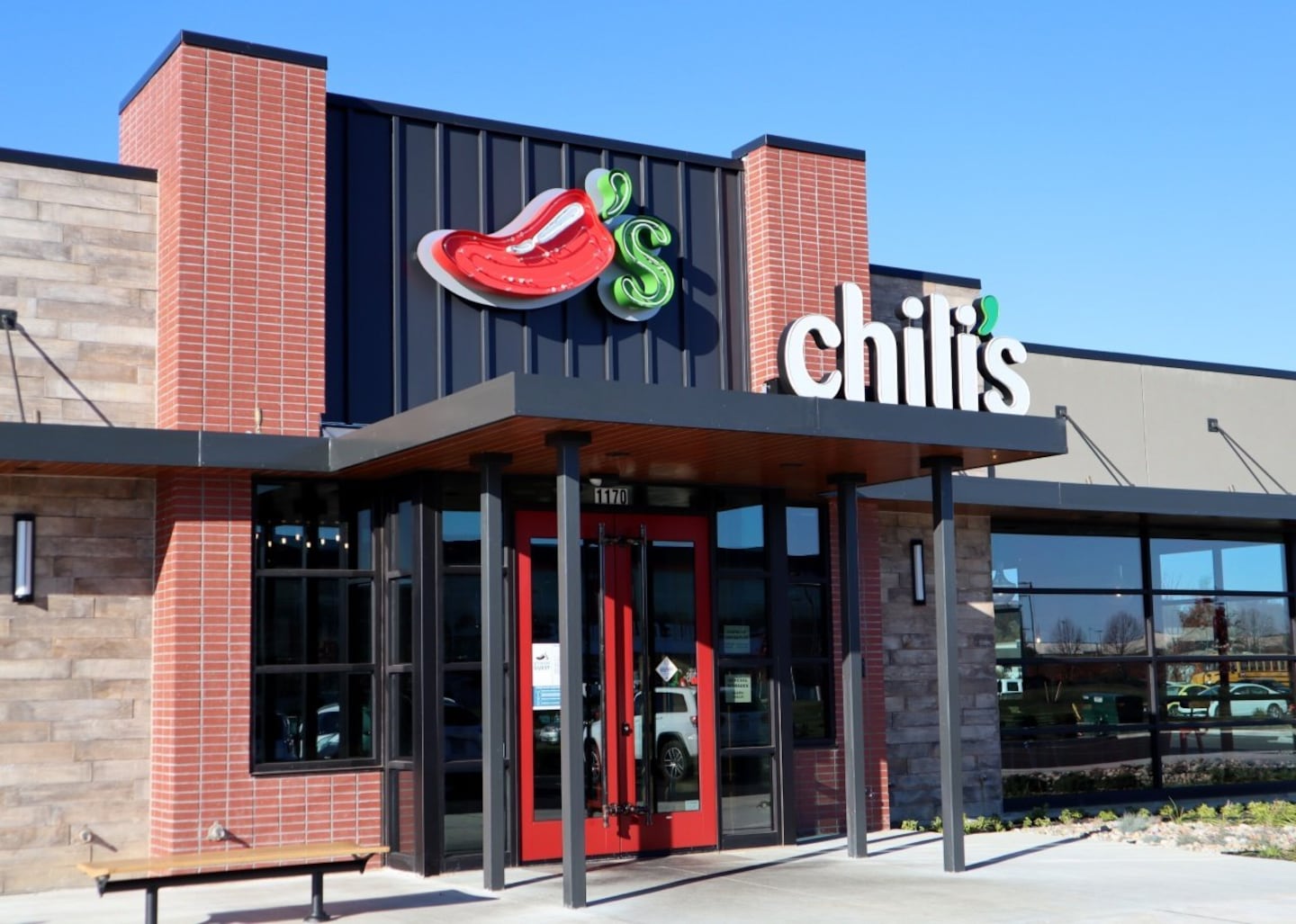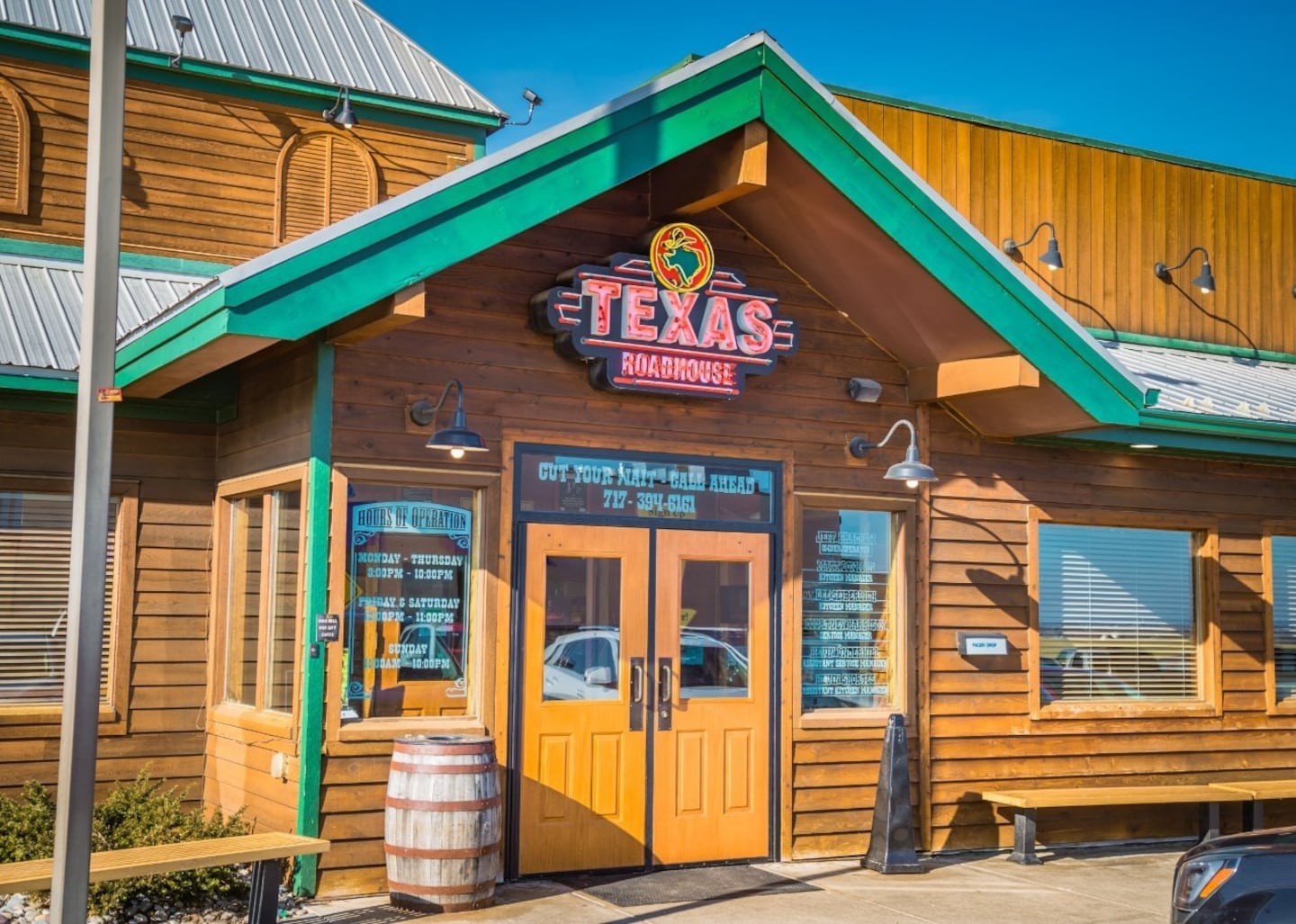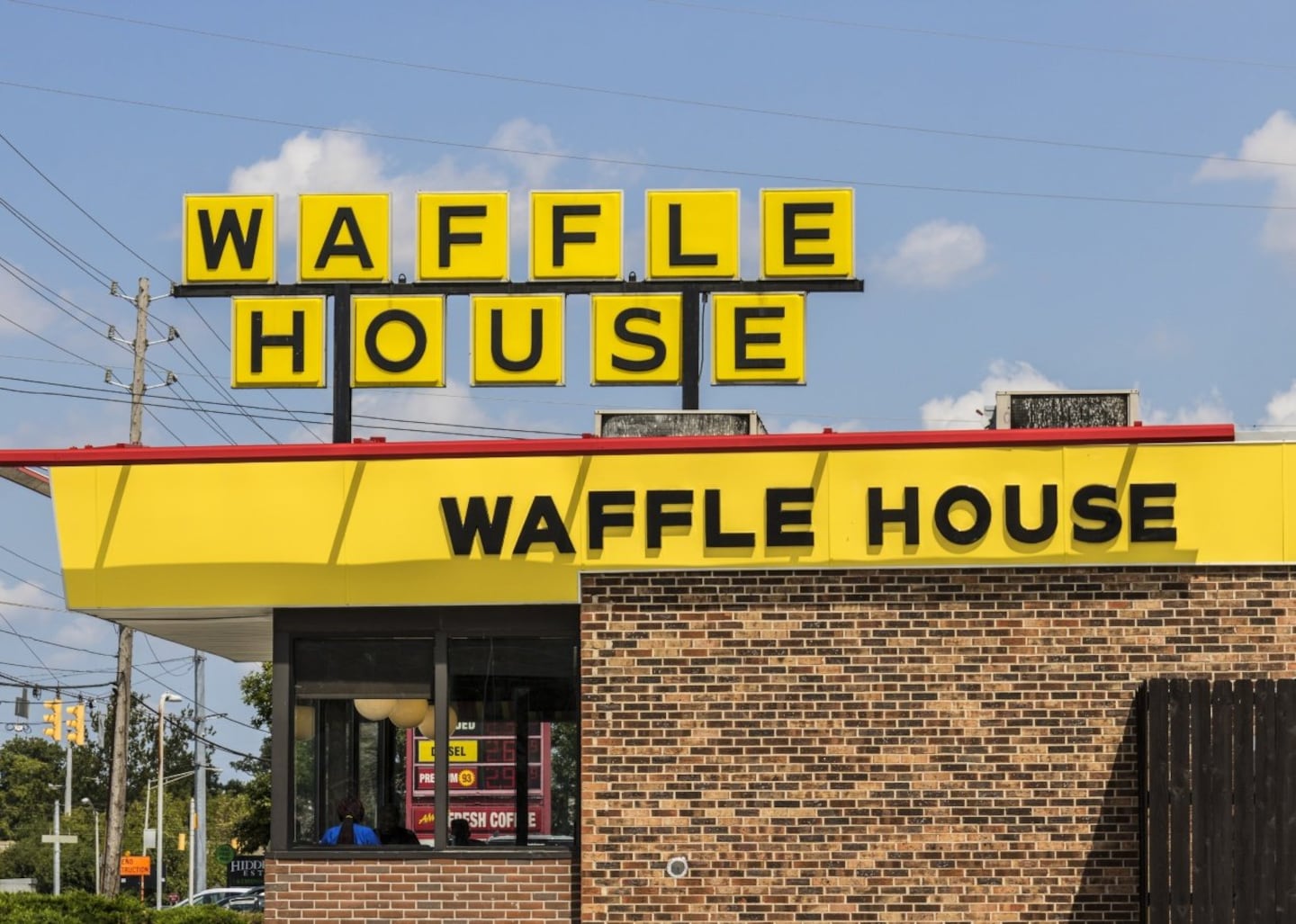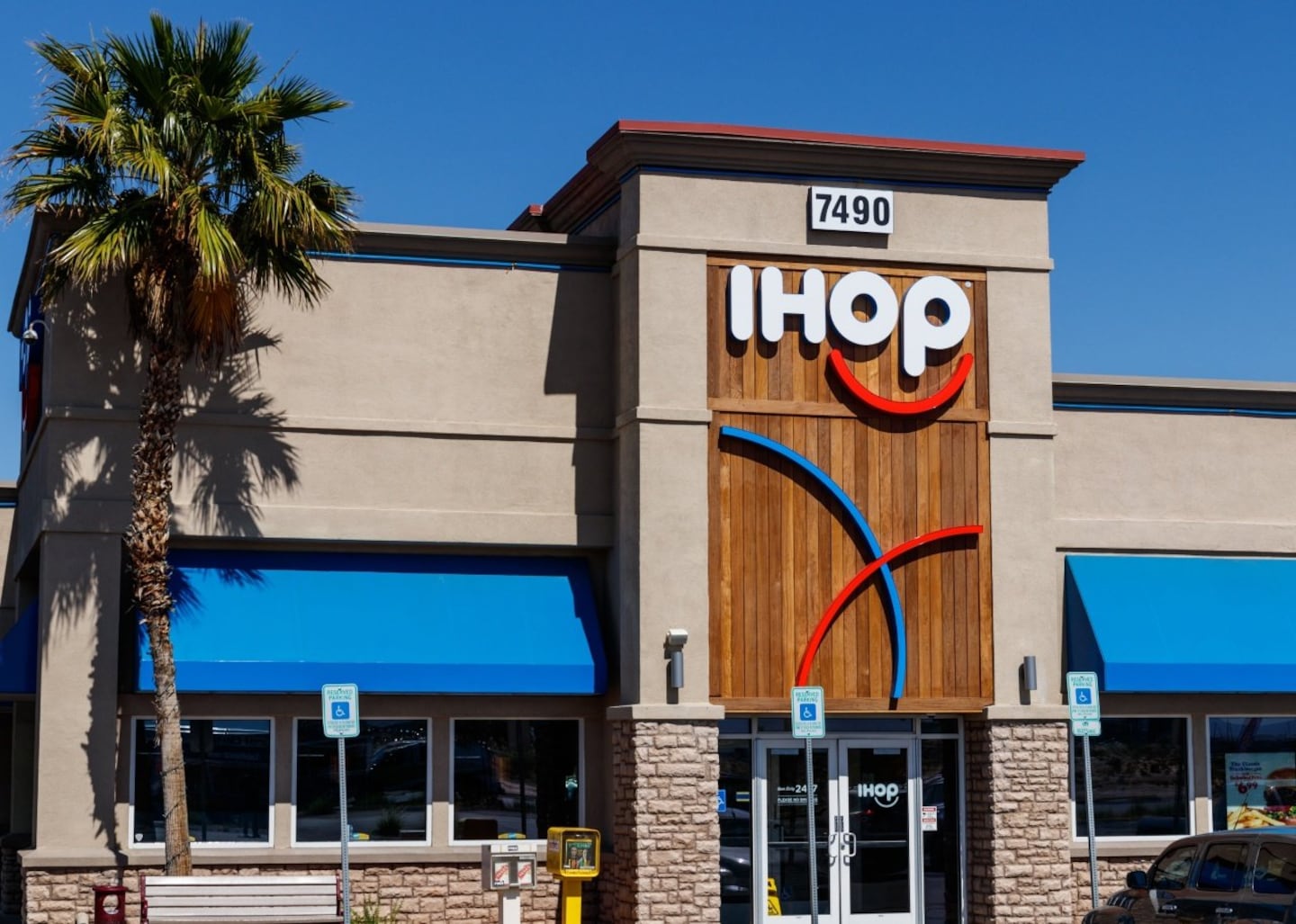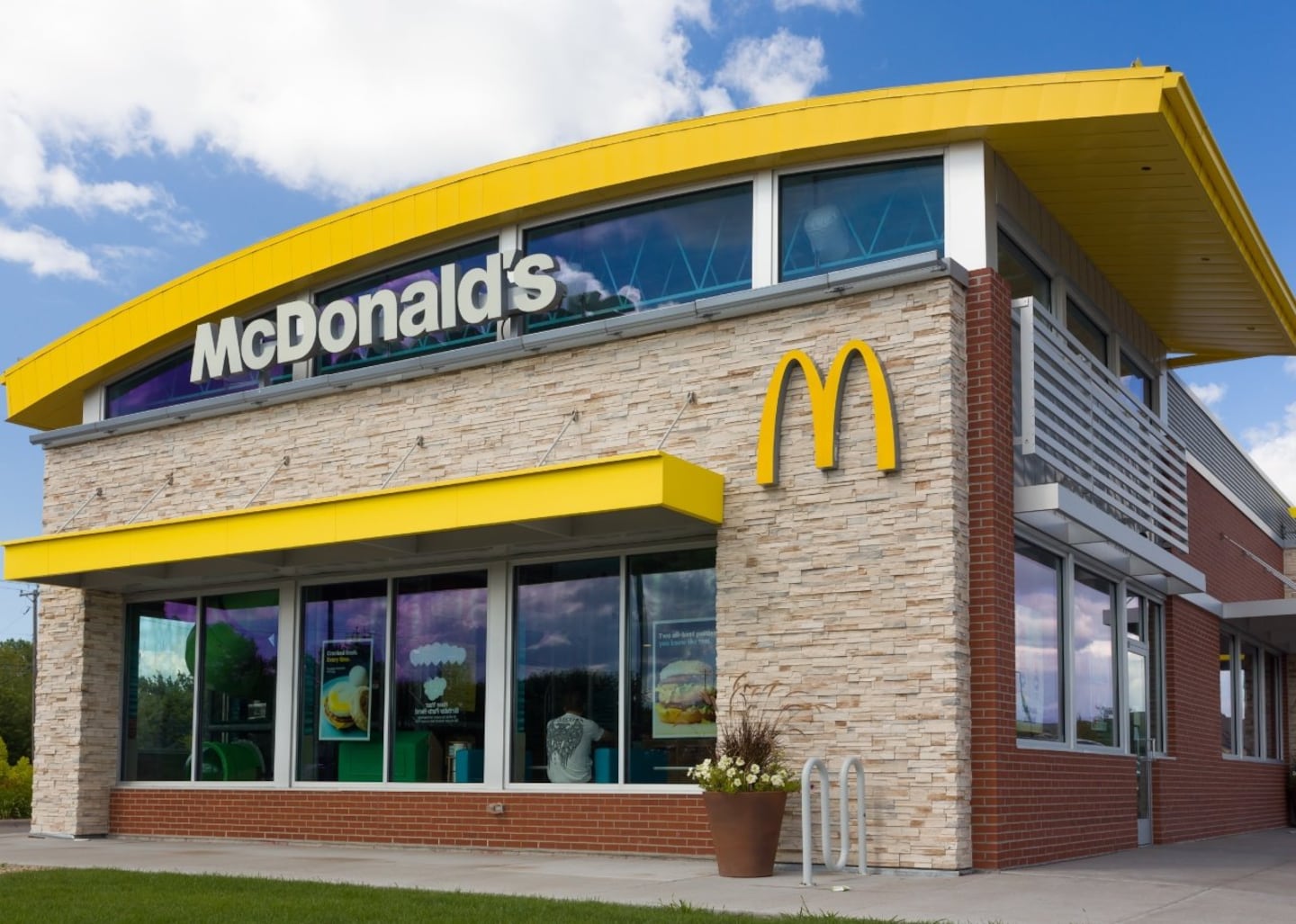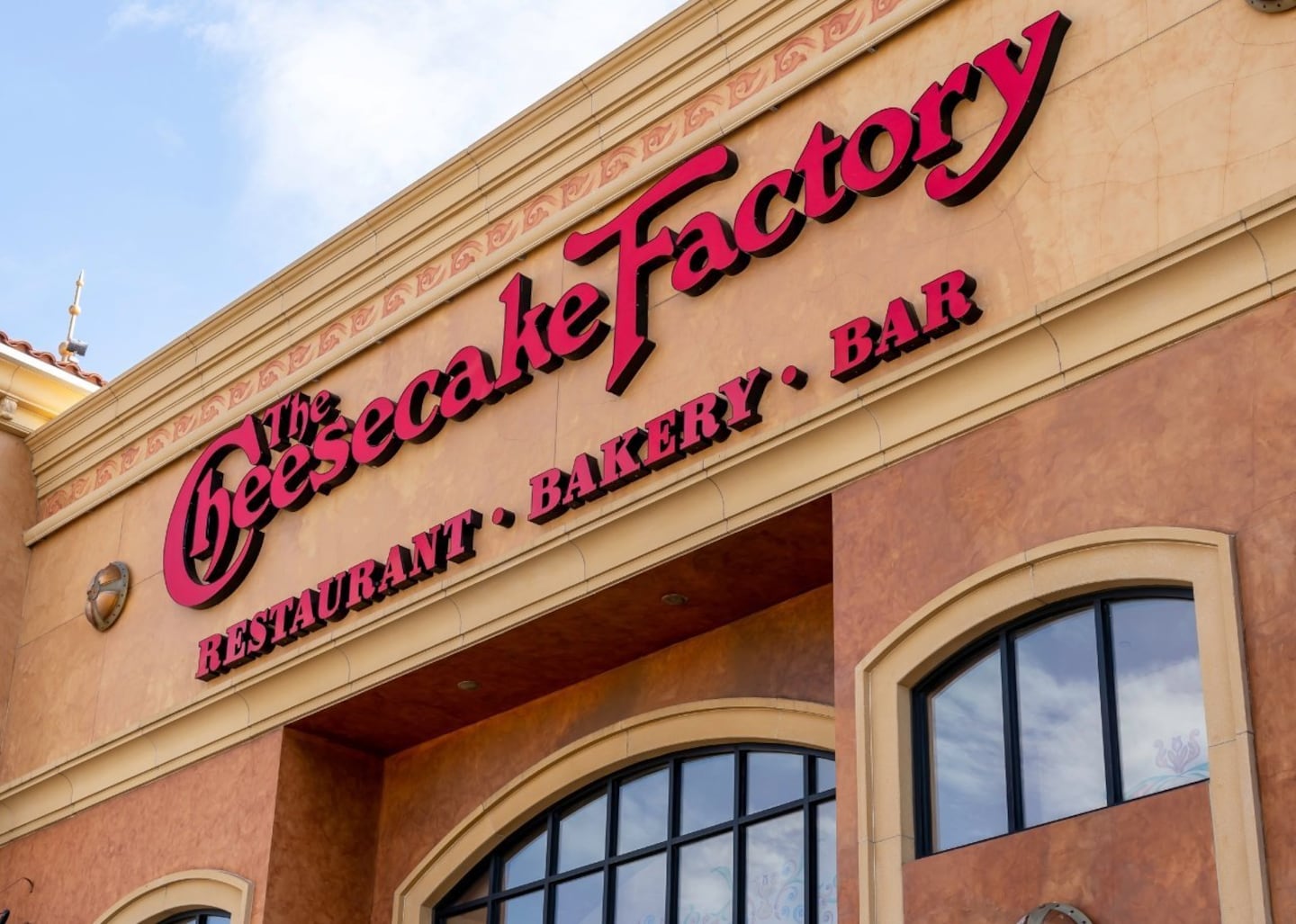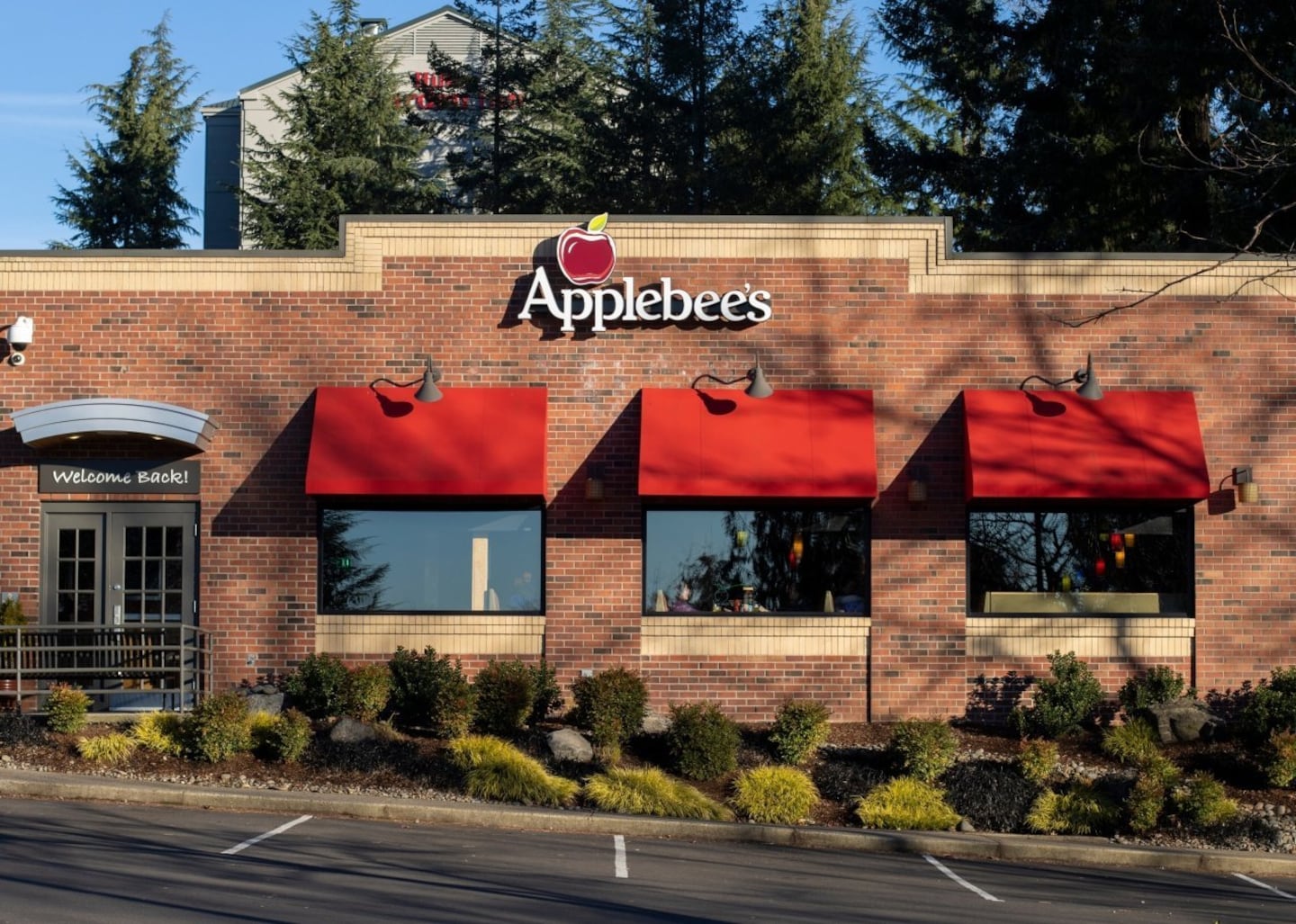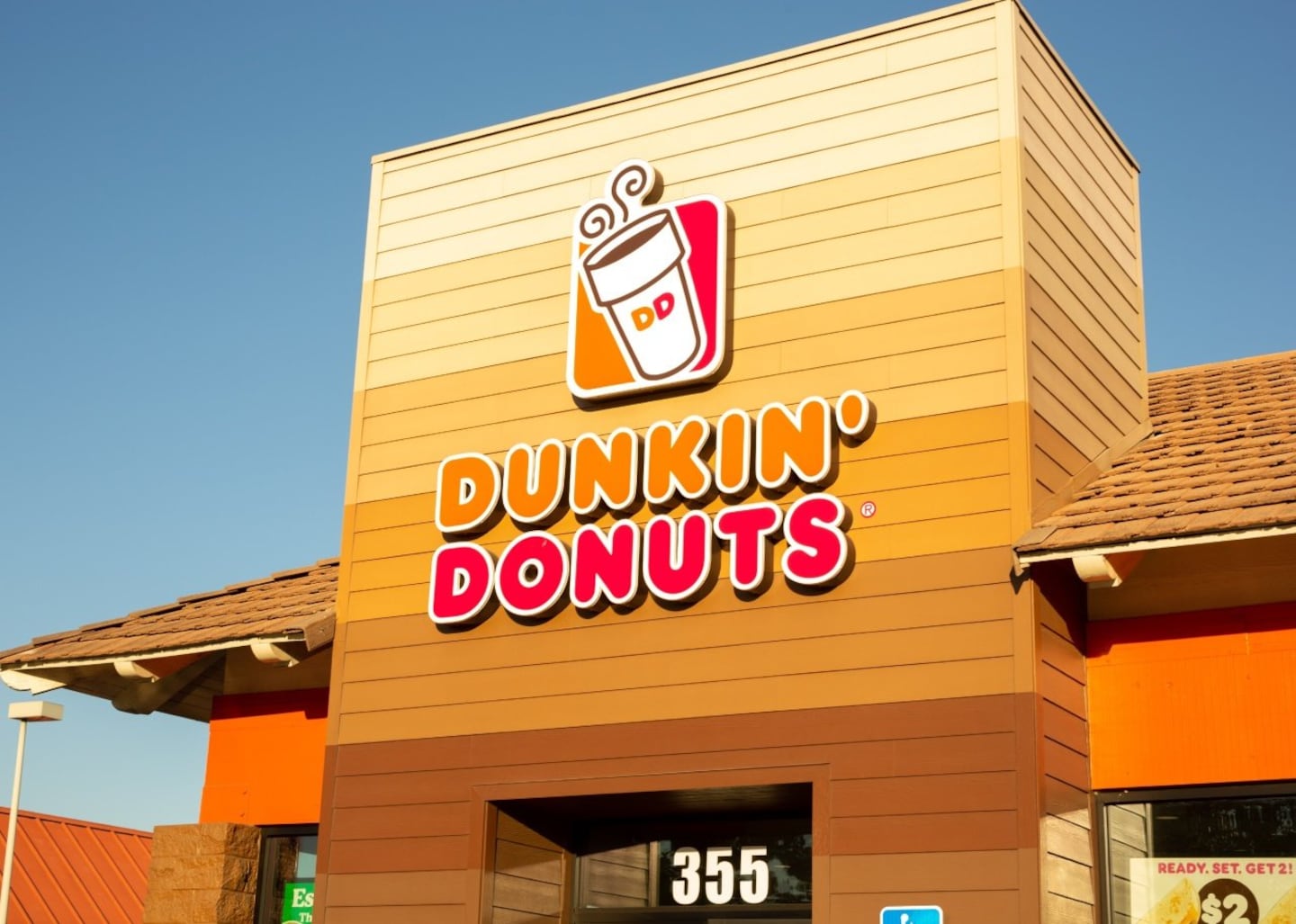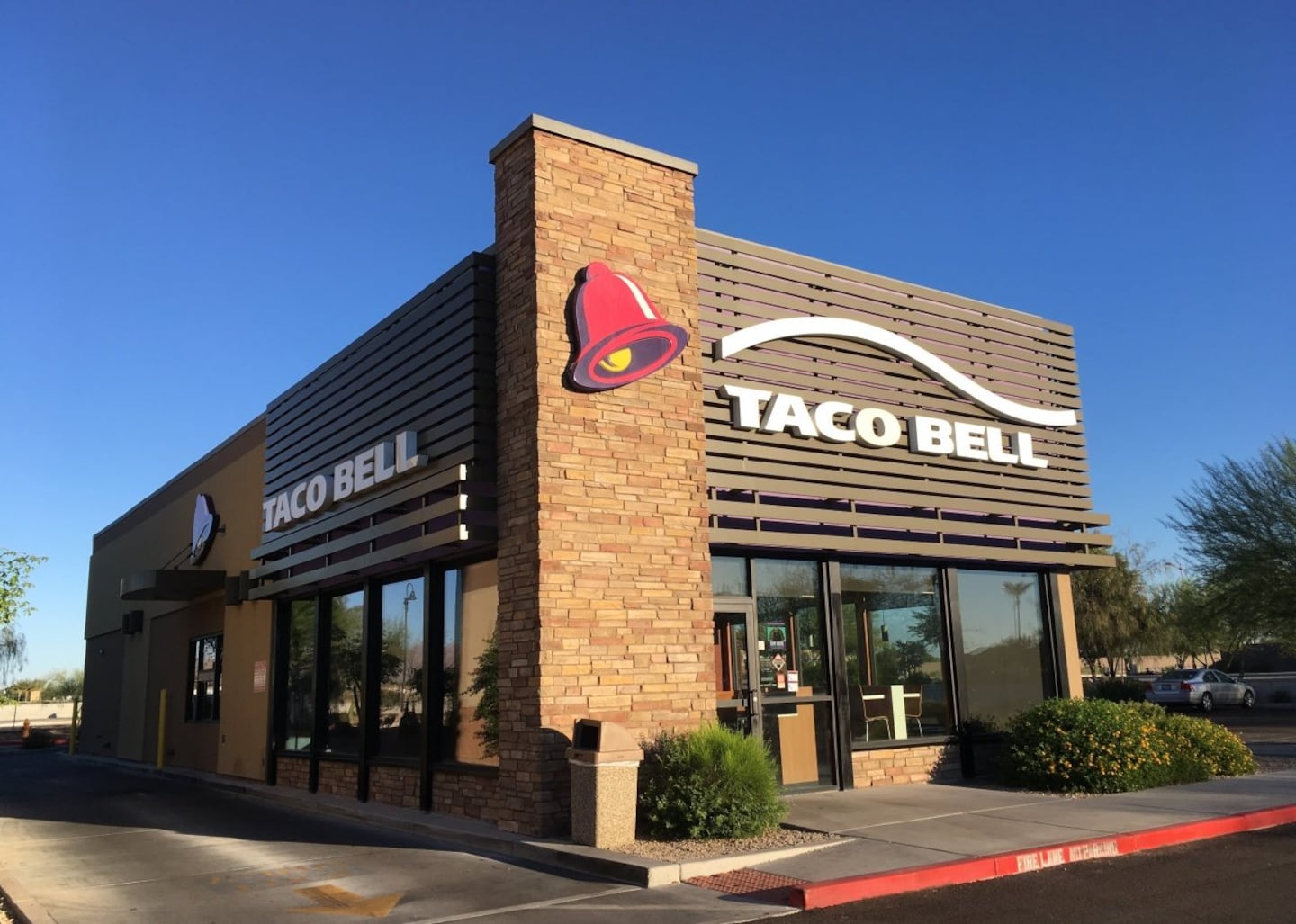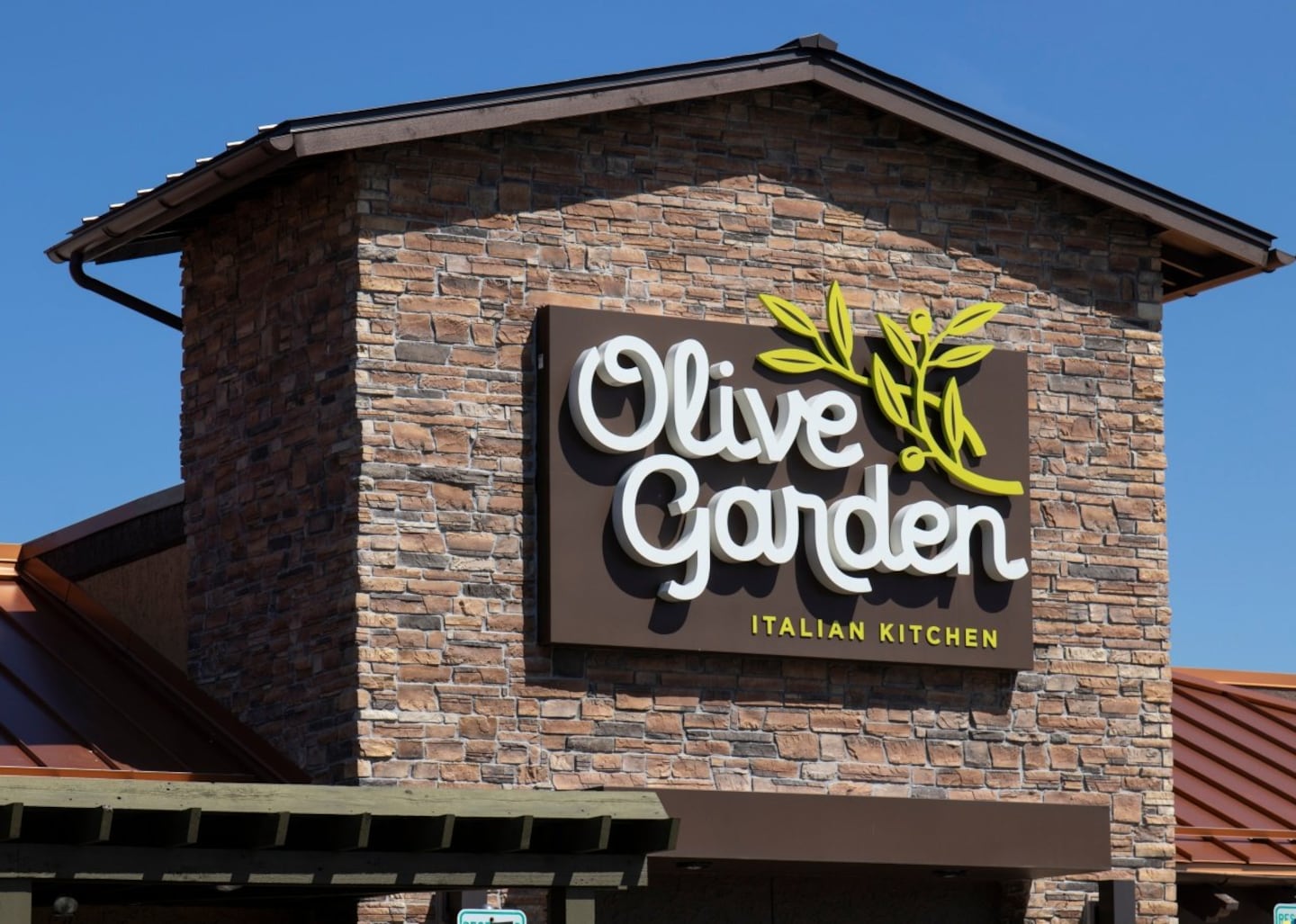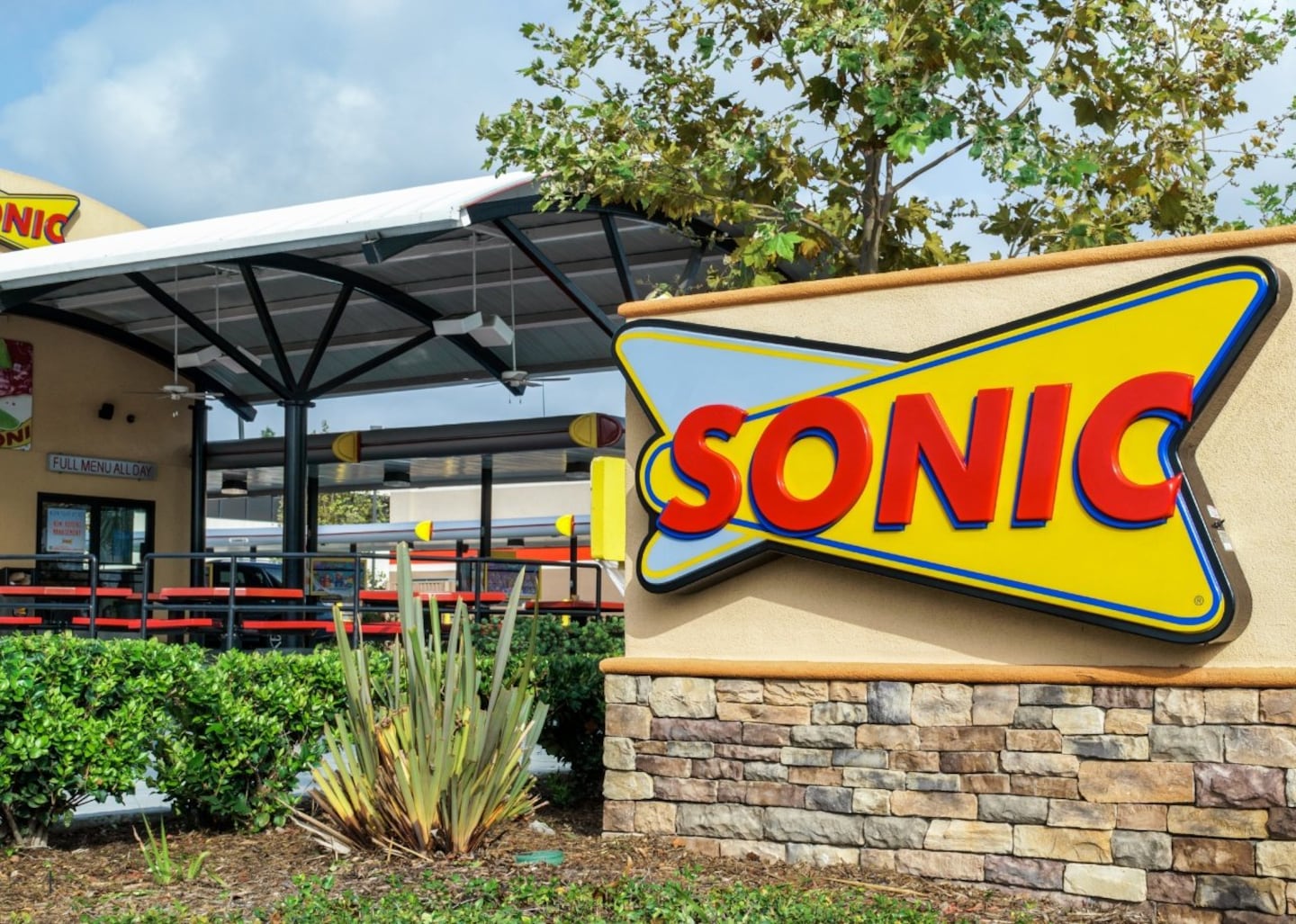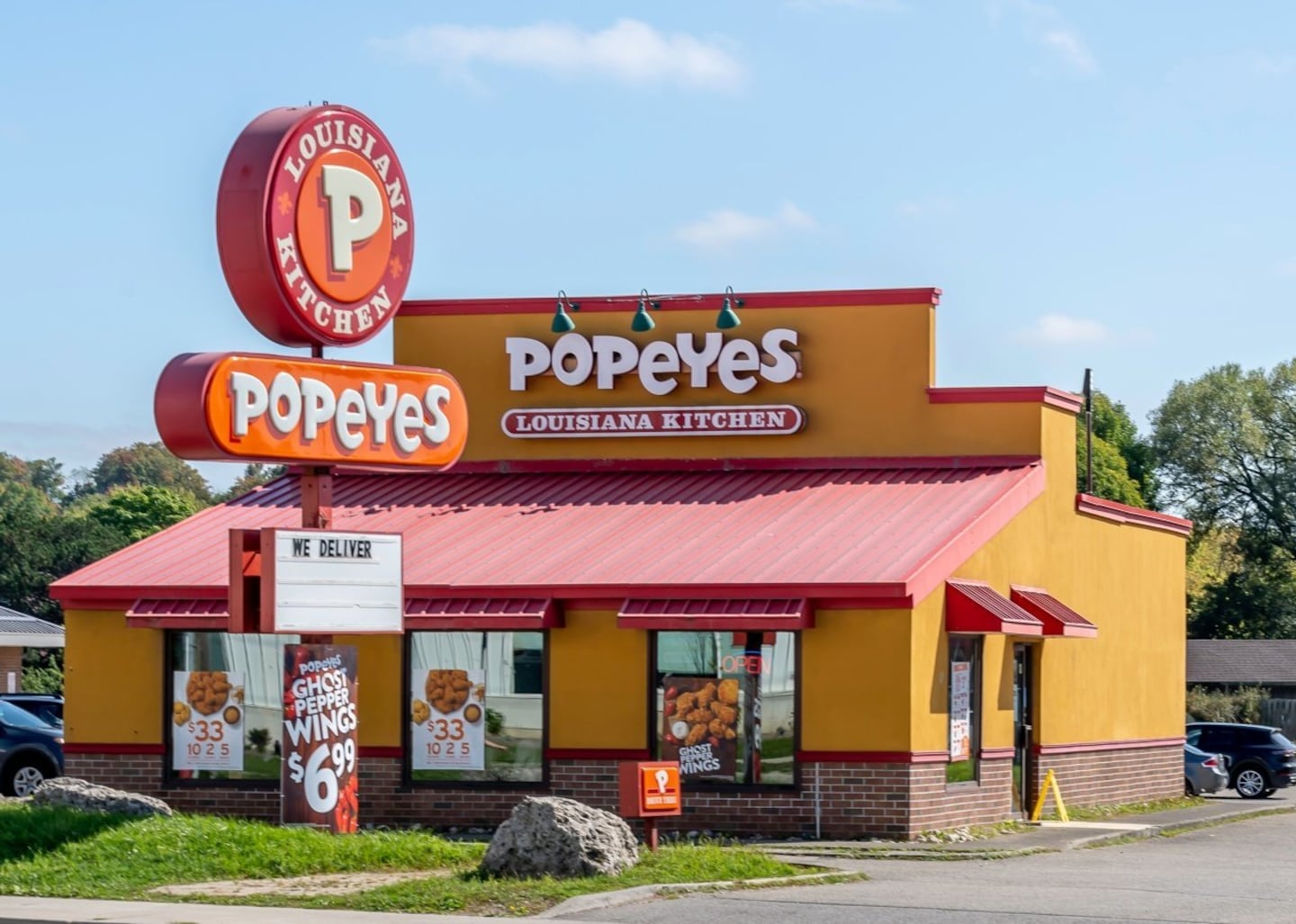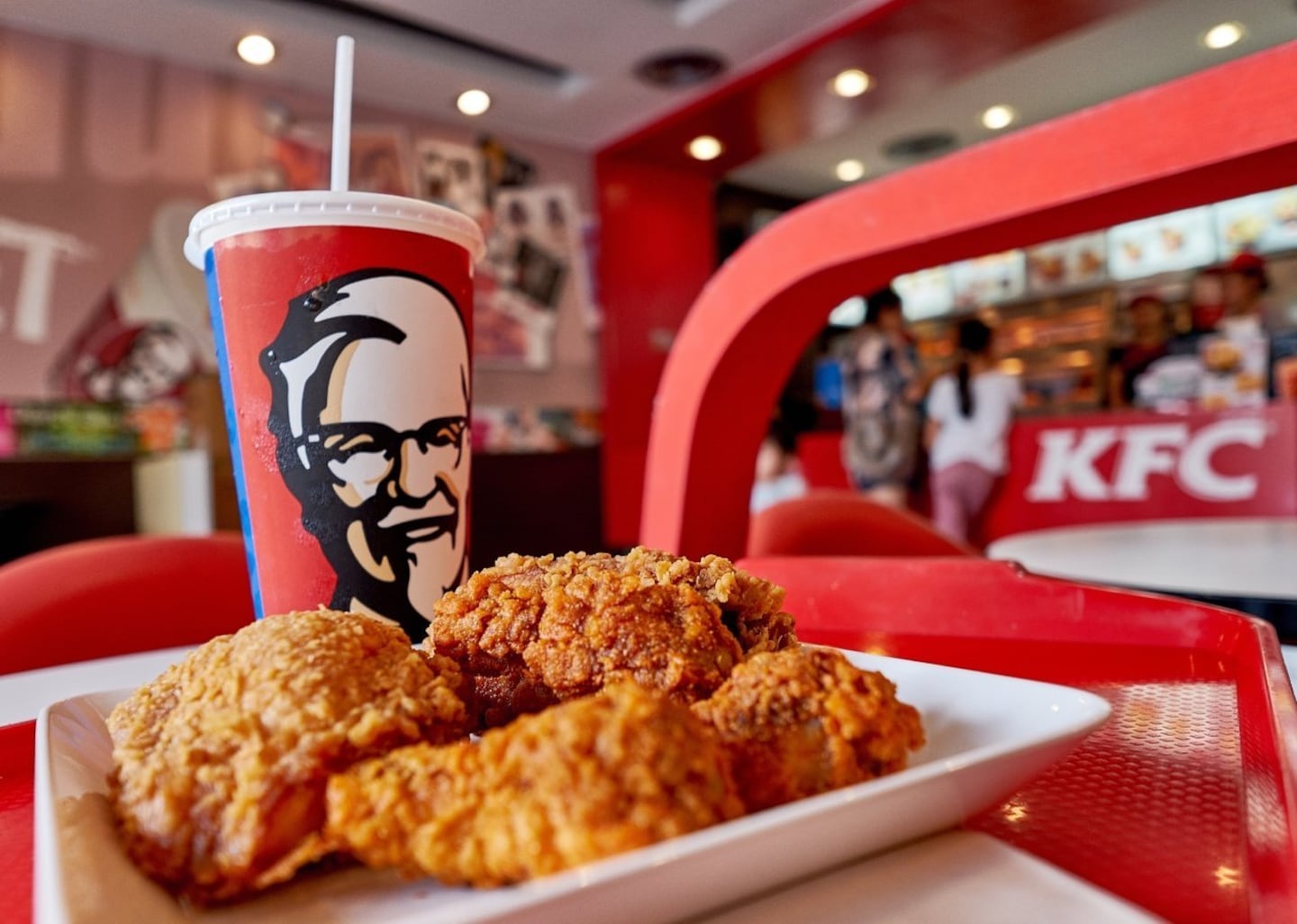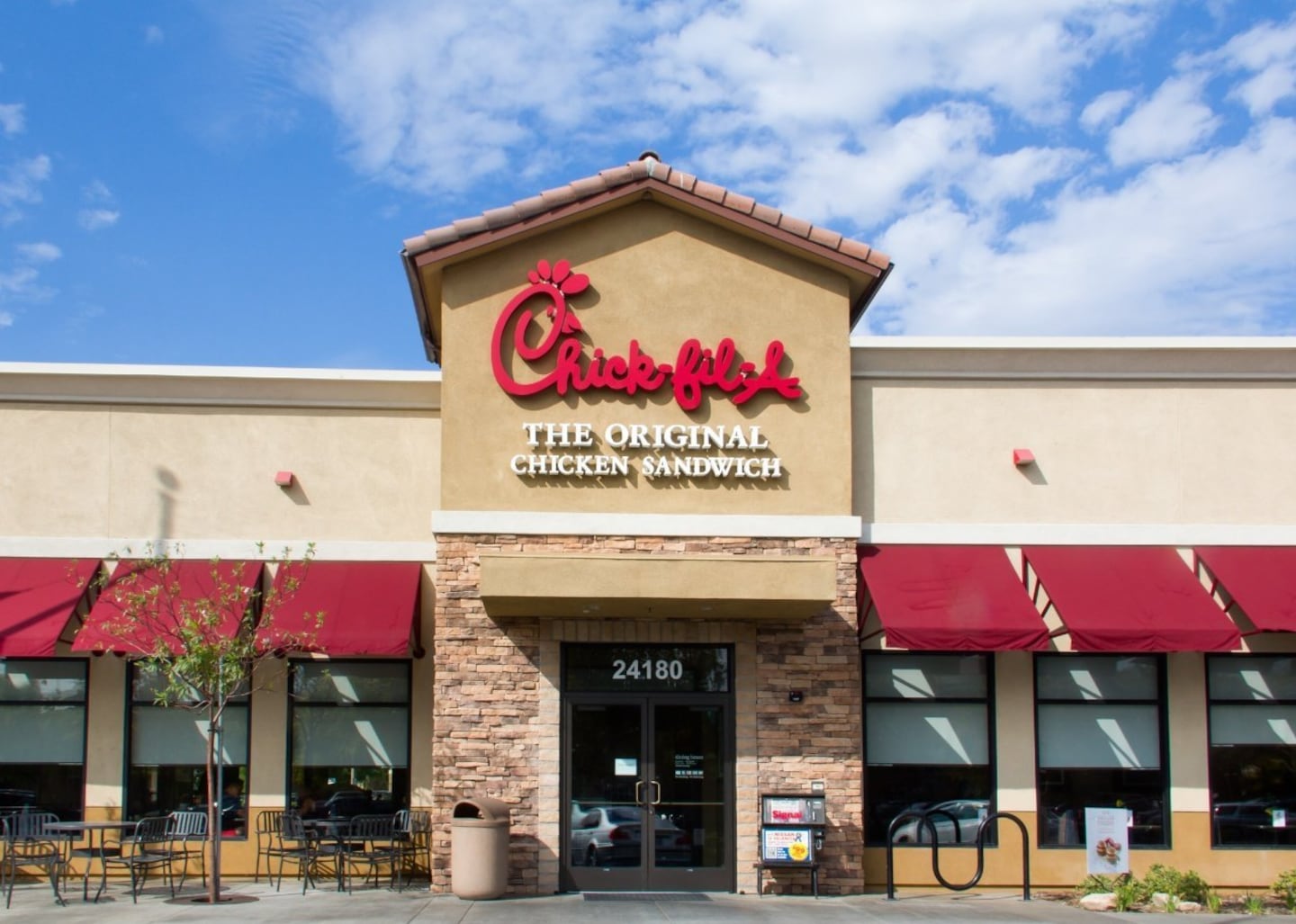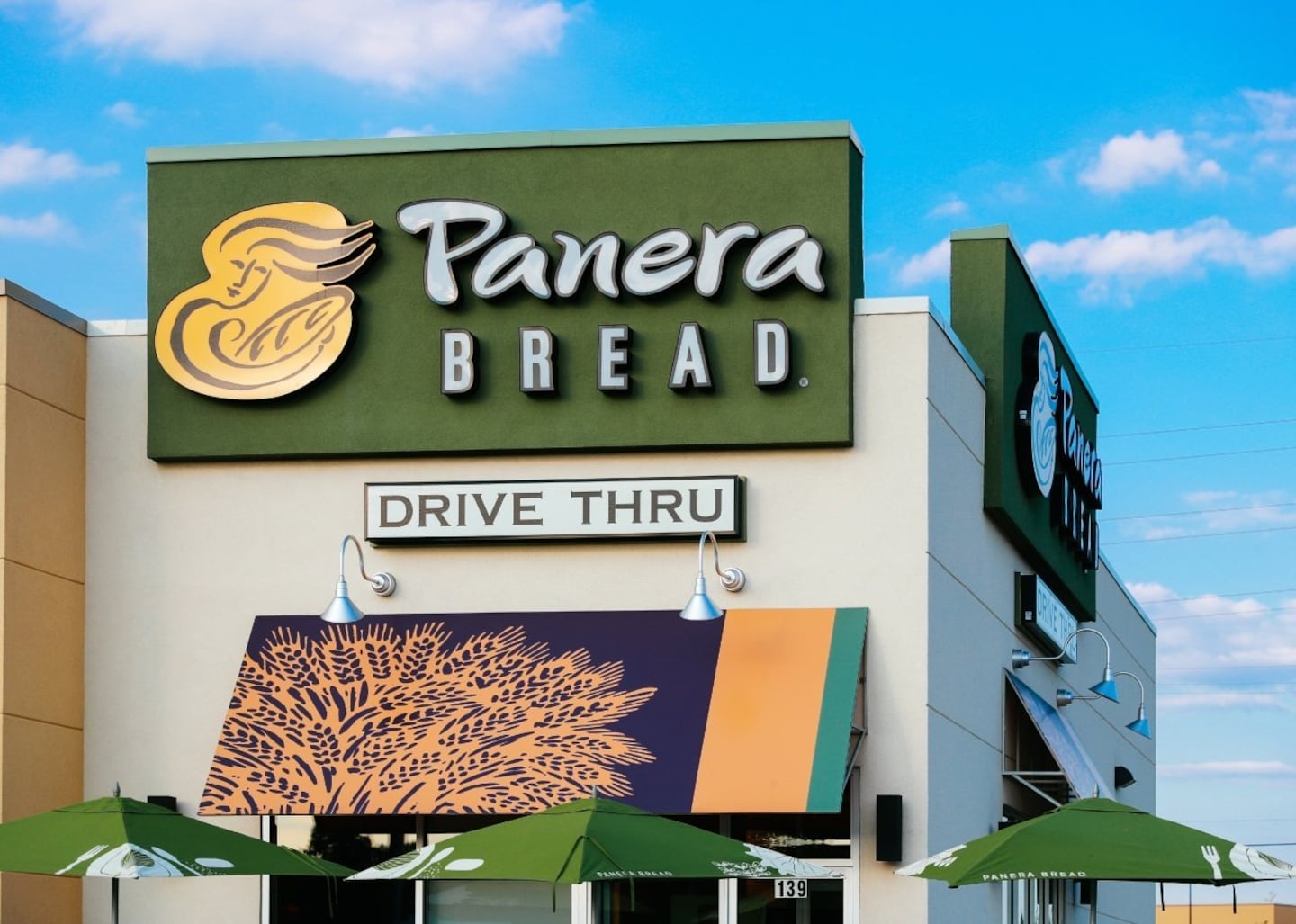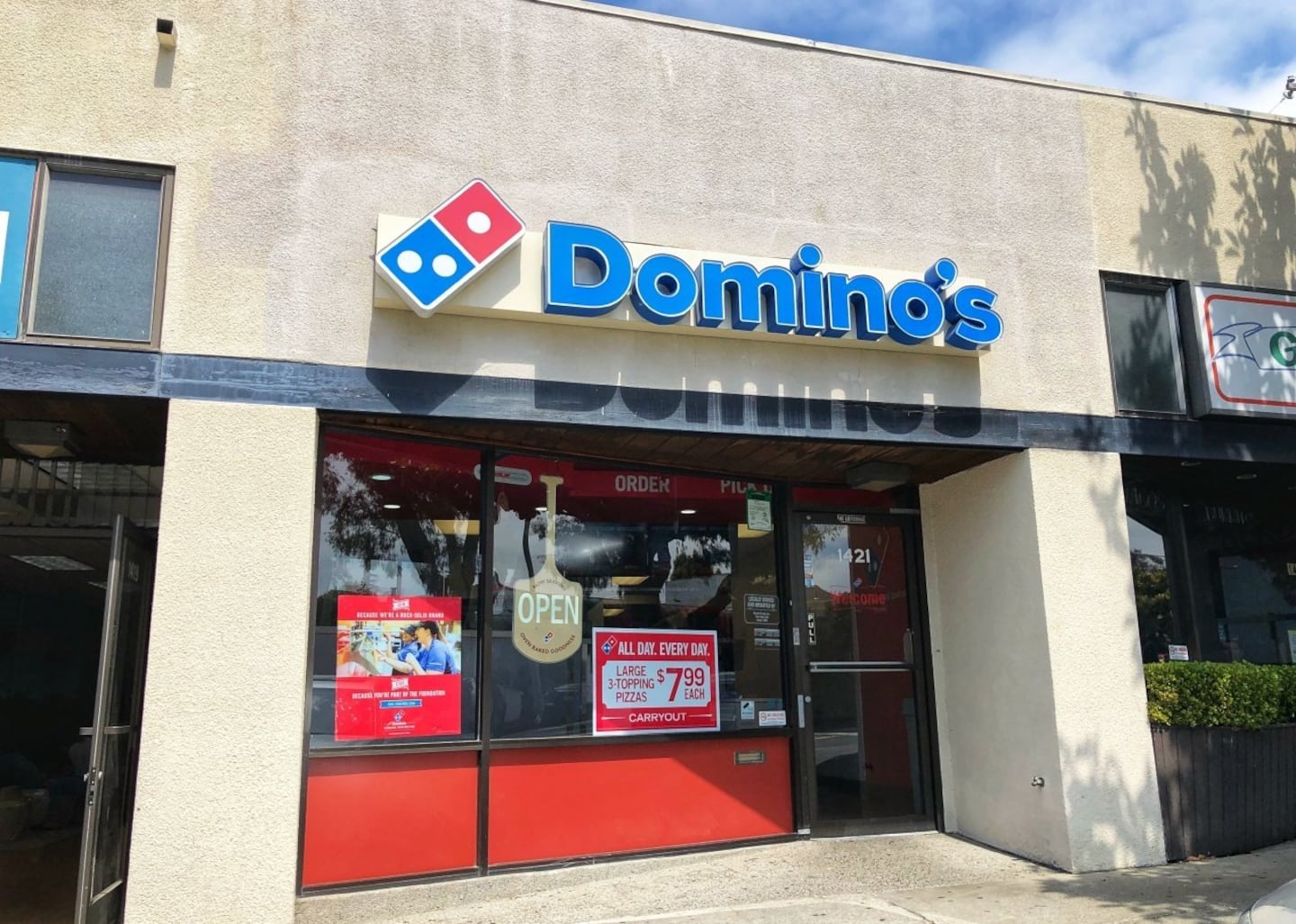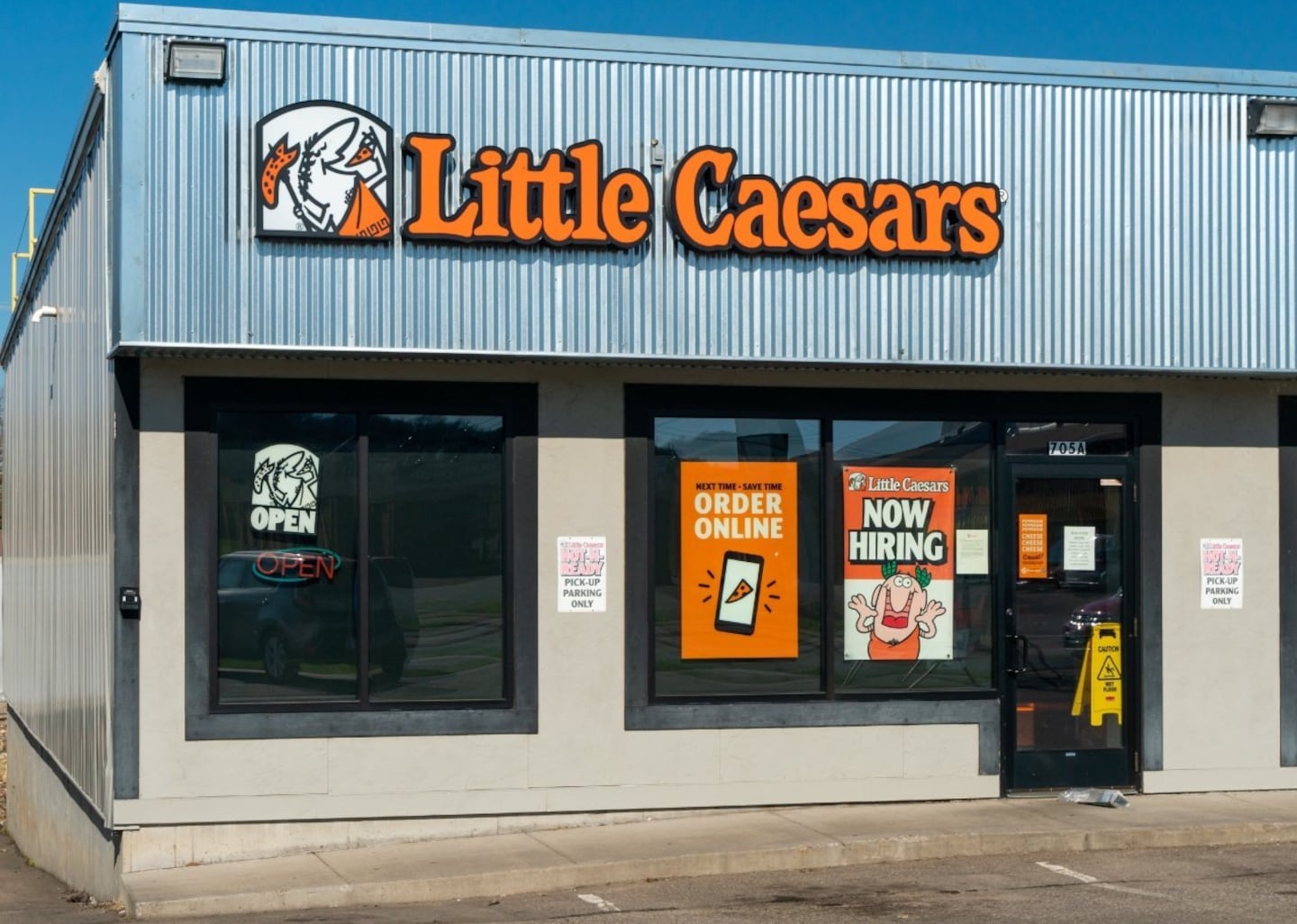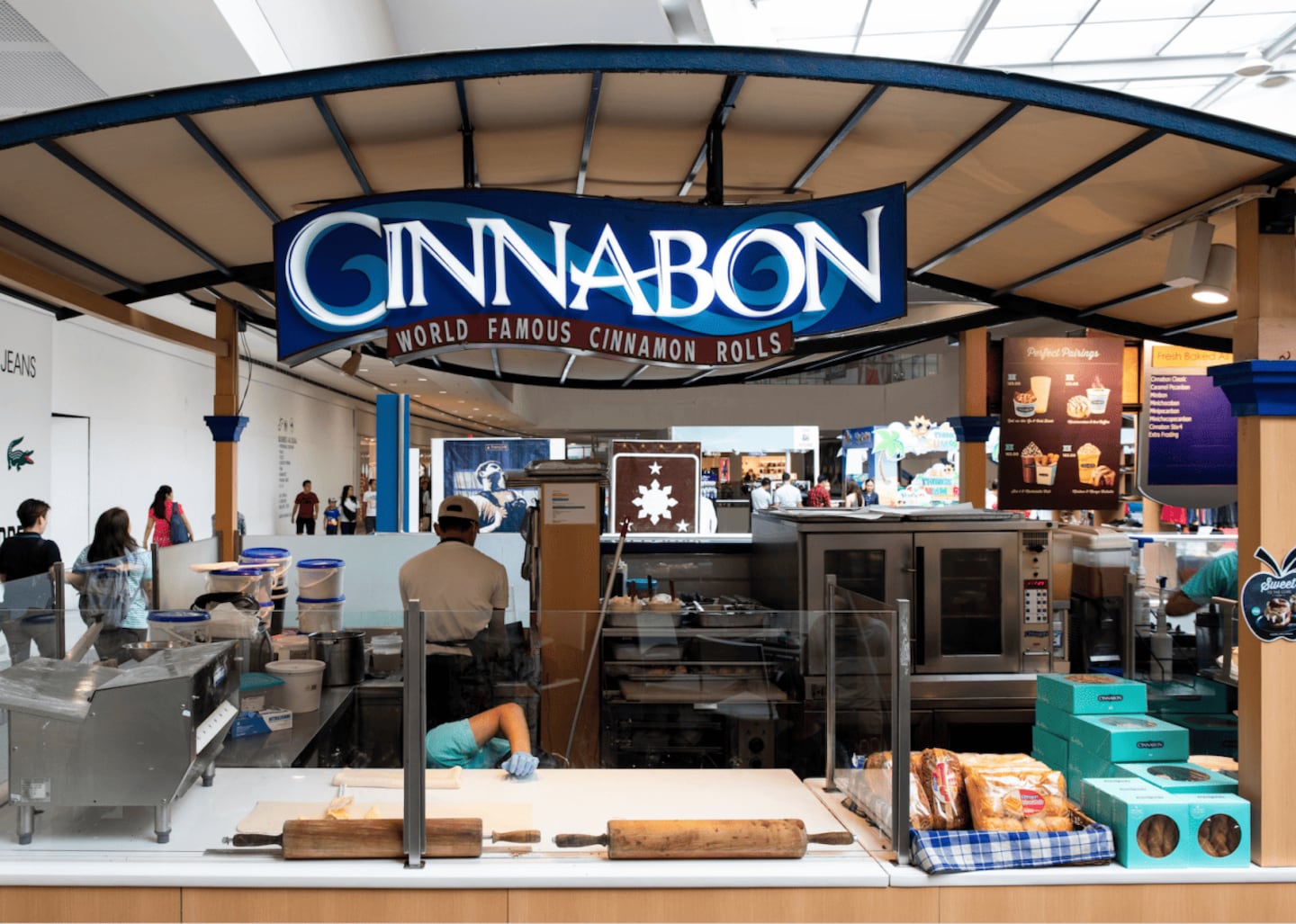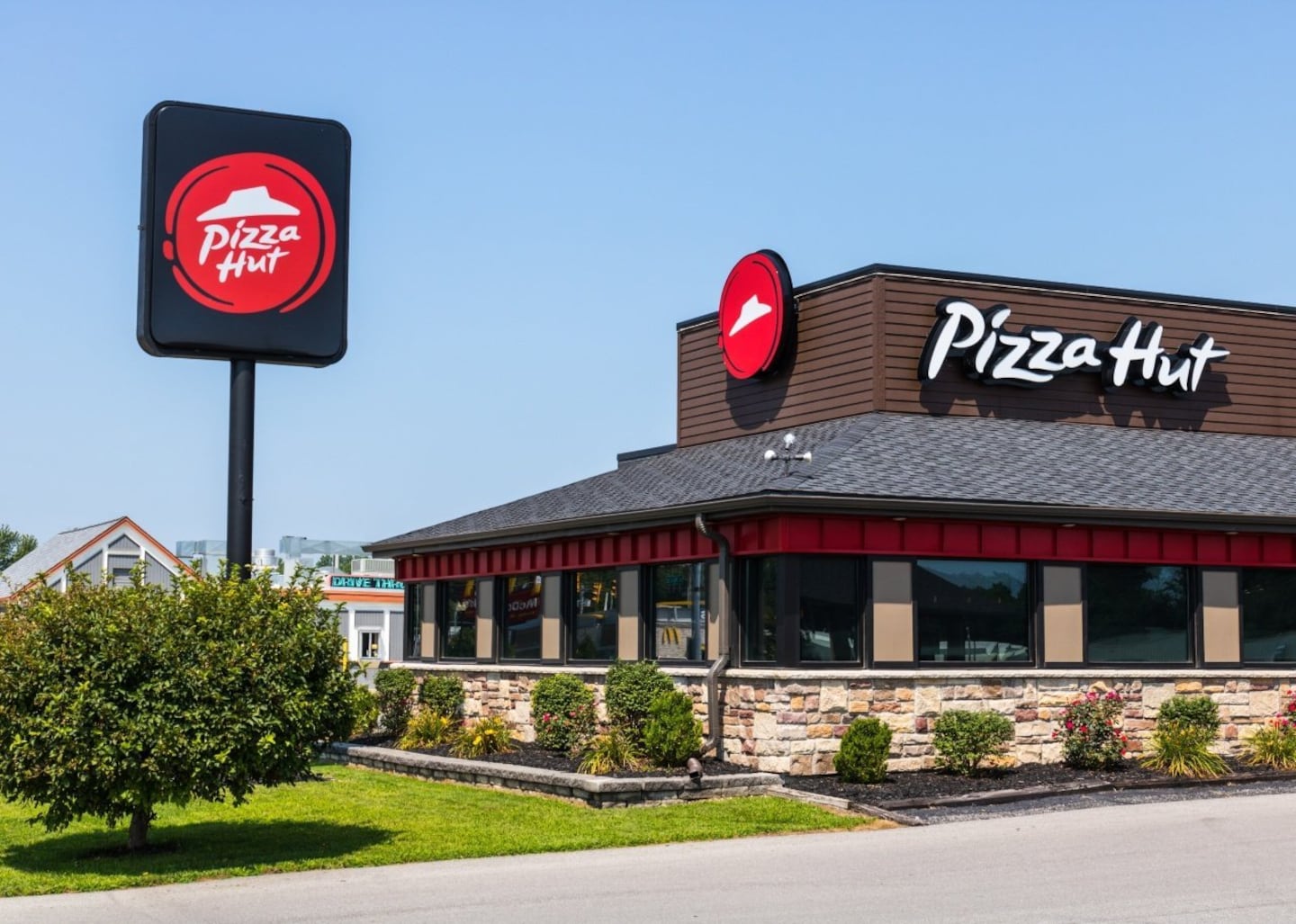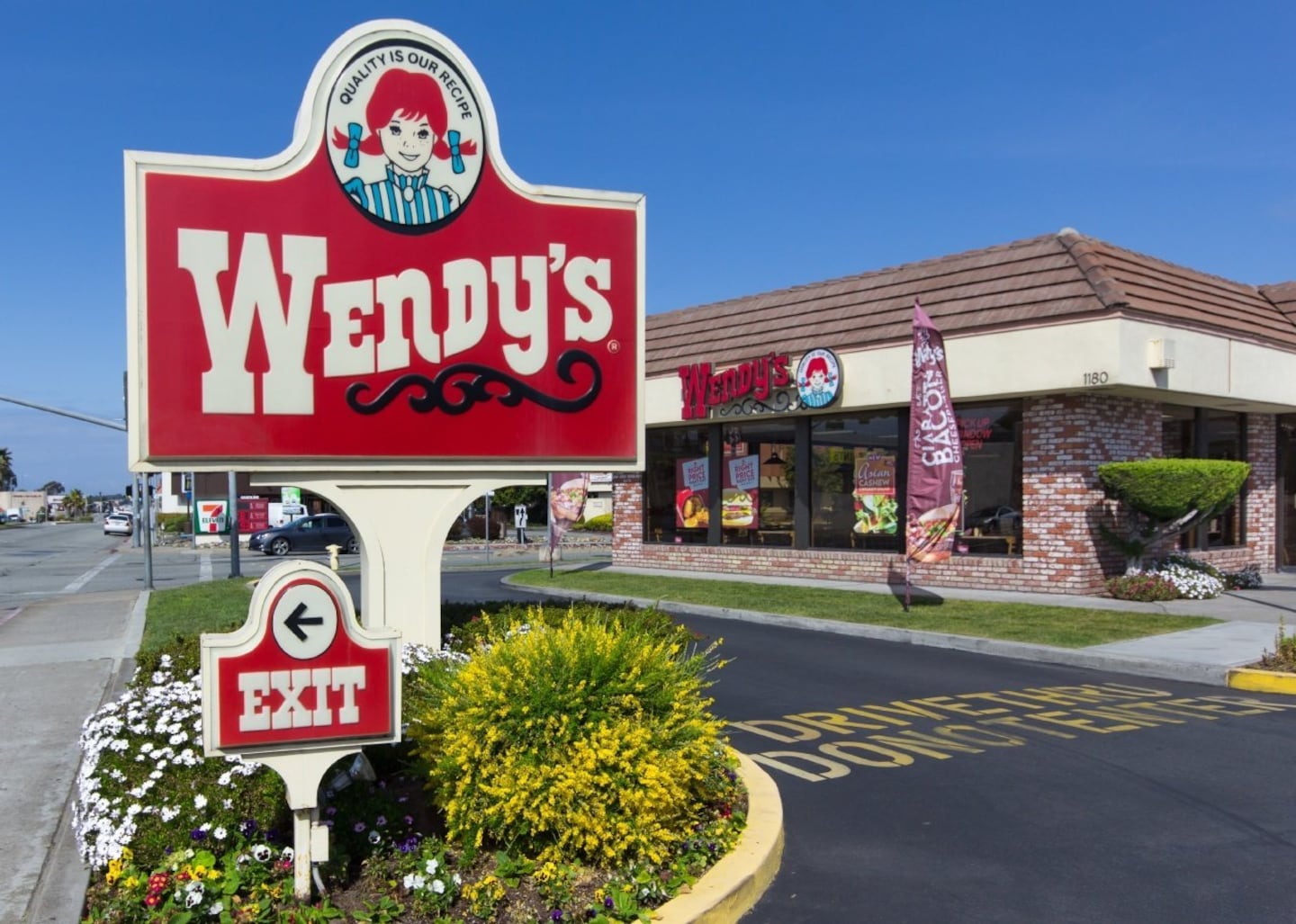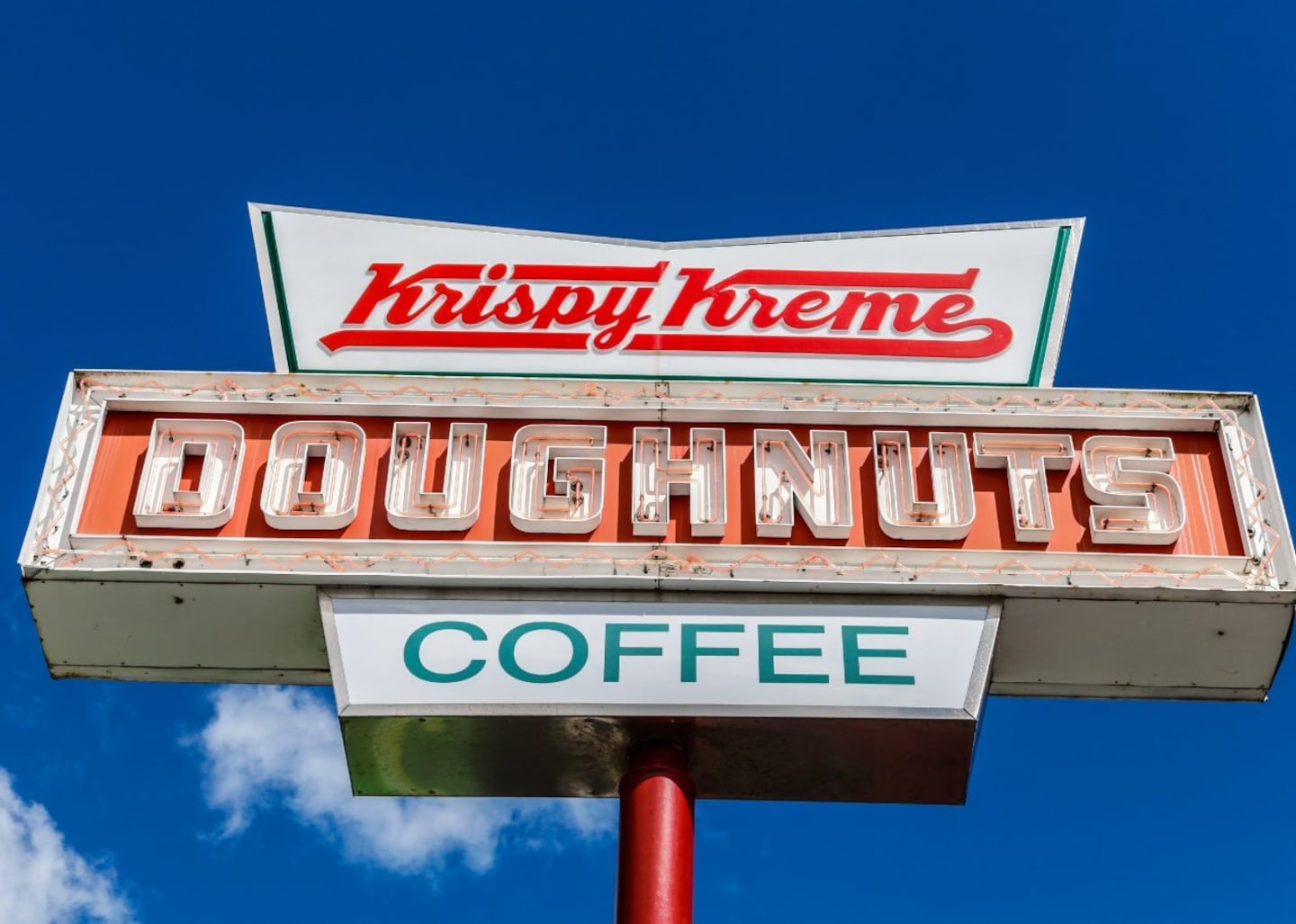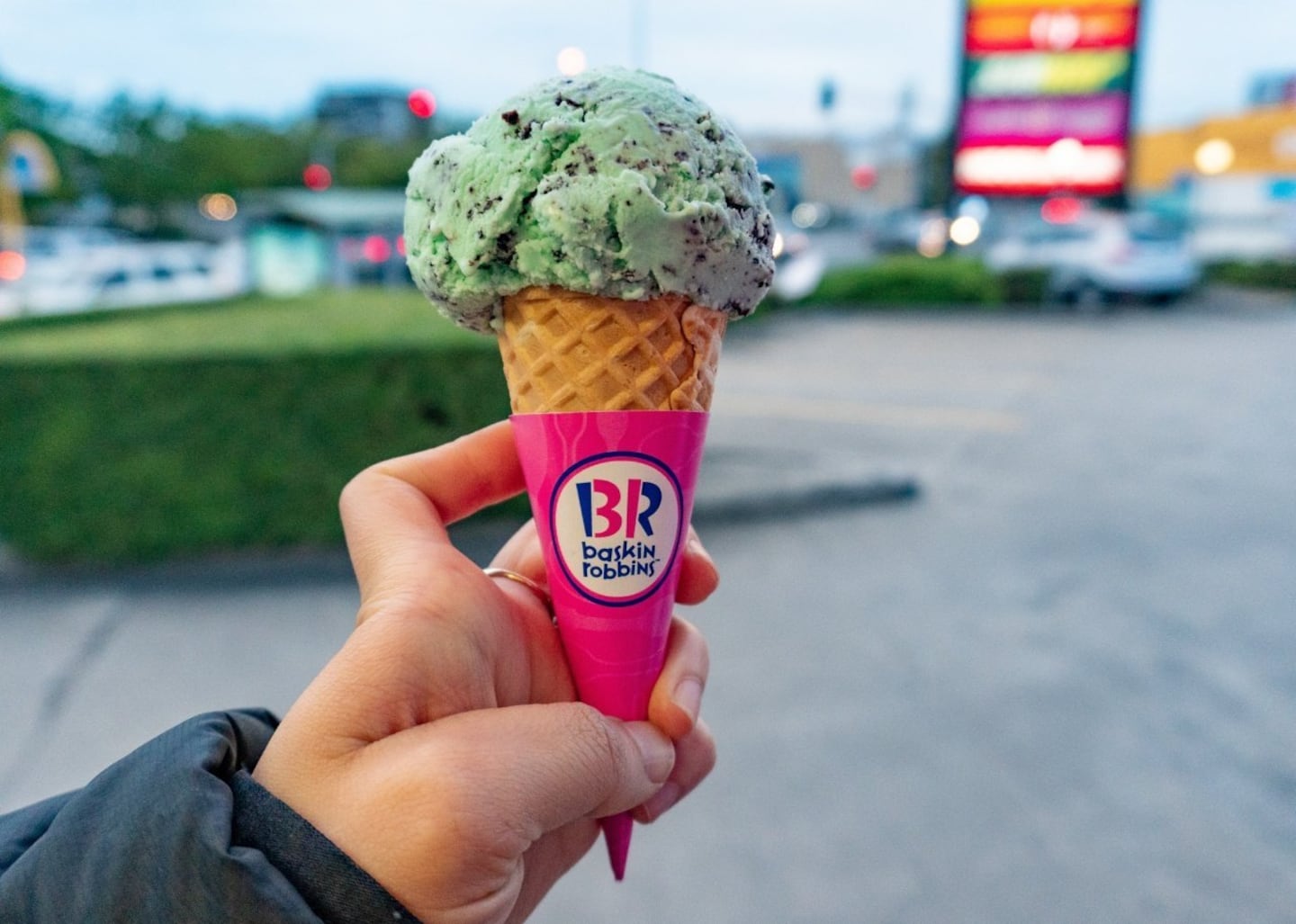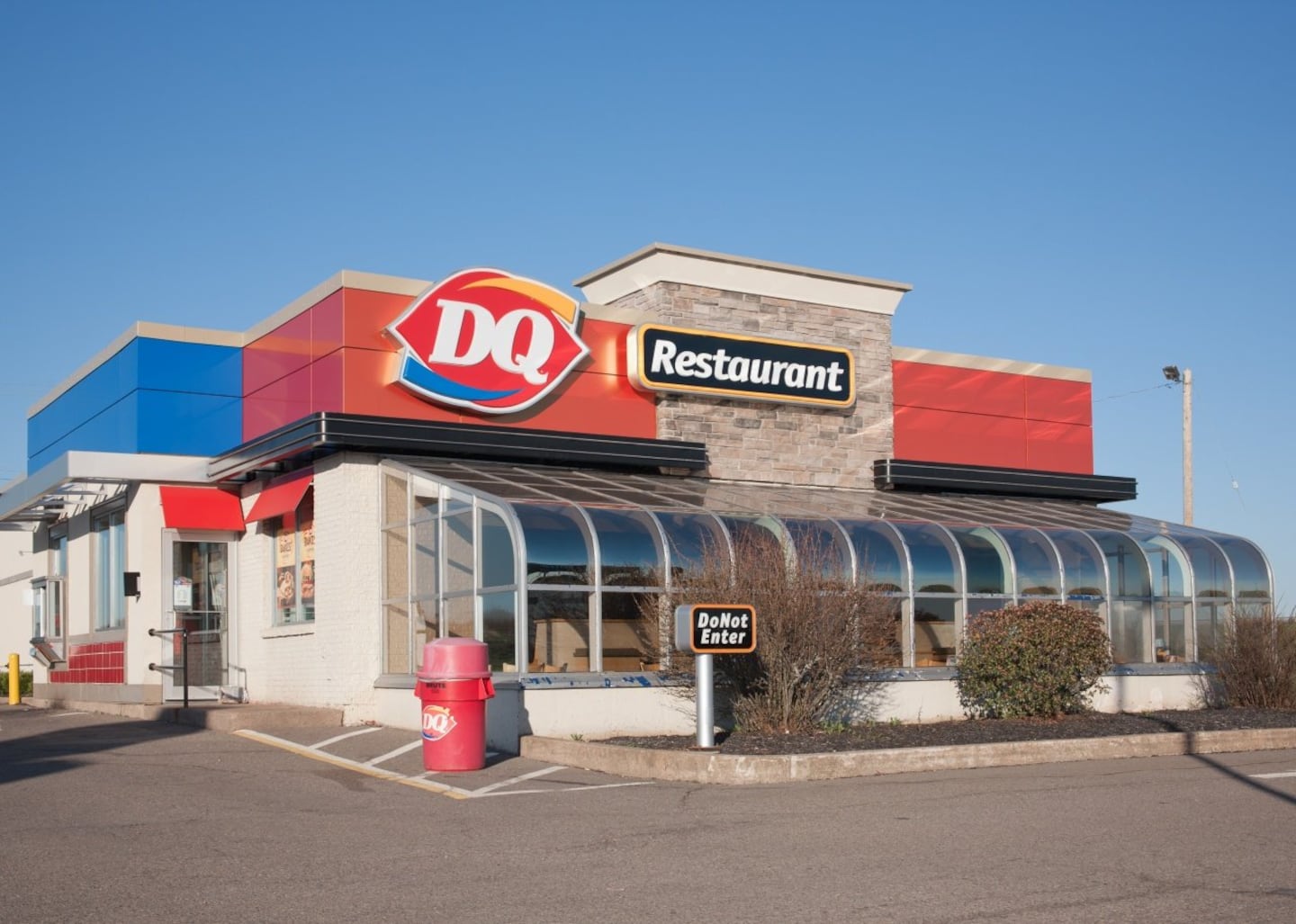Since A&W Root Beer became the first American restaurant to franchise in 1926, the United States—and the rest of the world—has been dominated by chains.
Iconic establishments like the now-defunct Howard Johnson's trained customers to look toward its distinctive orange roofs for consistency and comfort, while McDonald's revolutionized the industry with its focus on speed and affordability.
Over the years, chains have had a tremendous influence on American culture, from Little Caesars making takeout pizza accessible to families to Panda Express bringing Chinese American cuisine to the mainstream. It's no wonder so many of us feel connected to chain restaurants, which have had a notable impact on what and how we eat.
At the same time, the resilience of these destinations has been tested in recent years. The COVID-19 pandemic disrupted operations across the industry, with staffing shortages and health restrictions causing some restaurant chains to close numerous locations or shut down entirely. Even years after the pandemic, lingering supply issues and higher labor costs continue to plague restaurants across the country.
Inflation and economic turbulence in 2025 have worsened the situation, as tariffs are predicted to continue driving up restaurants' operational costs. Meanwhile, consumers burdened by these rising prices have scaled back on dining out. Once-thriving chains like Wendy's and Denny's are facing closures, underscoring the volatility of the current climate. Despite these hurdles, chain restaurants remain vital to American dining culture, offering familiarity in an ever-changing world and bolstering the nation's economy. According to the National Restaurant Association's June 2025 employment forecast, restaurants are expected to add nearly 500,000 seasonal jobs this summer.
Leonard Zhukovsky // Shutterstock
#50. Nathan's Famous
- Positive opinion score: 48%
-- Popularity among boomers: 59%
-- Popularity among Gen X: 58%
-- Popularity among millennials: 46%
Polish Jewish immigrant Nathan Handwerker opened the first Nathan's Famous hot dog stand on Coney Island in 1916. Fellow immigrants flocked to his Brooklyn shop, eager to get their hands on his frankfurters, which were seasoned with his wife Ida's secret blend and sold for only a nickel.
In 1959, Nathan's son, Murray Handwerker, began opening other branches of the restaurant in New York City. By 2001, every state in America had at least one location, and Nathan's had also gone international. Today, the chain is the official hot dog sponsor of Major League Baseball, runs its iconic hot dog eating contest on the 4th of July, and sells a line of products in grocery stores nationwide.
Sadie Mantell // Shutterstock
#49. Dave & Buster's
- Positive opinion score: 49%
-- Popularity among boomers: 41%
-- Popularity among Gen X: 46%
-- Popularity among millennials: 54%
Founded in Dallas in 1982, Dave & Buster's combines dining with arcades to create a uniquely entertaining experience. The chain, known for its expansive game rooms and American fare, now operates over 170 locations across the U.S. and Canada. Its menu includes burgers, pasta, and cocktails, while games range from classic arcade options to more recent virtual reality innovations. Dave & Buster's has also expanded its digital presence by incorporating immersive gaming and hosting watch experiences.
Eric Glenn // Shutterstock
#48. Bob Evans
- Positive opinion score: 50%
-- Popularity among boomers: 51%
-- Popularity among Gen X: 41%
-- Popularity among millennials: 49%
In the 1940s, Bob Evans, a farmer in southeastern Ohio, began making his own sausage and serving it at his 12-stool diner in Gallipolis. As word traveled, he opened a few more locations throughout the 1960s, but it wasn't until the following decades that Bob Evans restaurants, as we know them today, began to spring up around the country.
Now located in 18 states, these eateries are renowned for their down-home style of cooking. Unlike many of the other restaurants on our list, all Bob Evans locations are corporate-owned, which enables them to maintain quality across their menus and service.
Ken Wolter // Shutterstock
#47. White Castle
- Positive opinion score: 51%
-- Popularity among boomers: 50%
-- Popularity among Gen X: 57%
-- Popularity among millennials: 49%
White Castle began in Wichita, Kansas, in 1921 and claims to be "the first fast-food hamburger chain." The brand's focus on cleanliness, quality, and an affordable price point has been credited with convincing Americans that hamburgers—which had previously been viewed as an unsanitary and unsafe option—were good, healthy, and safe to eat.
The company, which has never franchised and wholly owns every location, currently operates more than 340 locations, primarily in the Midwest and the East Coast.
JHVEPhoto // Shutterstock
#46. Mrs. Fields
- Positive opinion score: 51%
-- Popularity among boomers: 63%
-- Popularity among Gen X: 53%
-- Popularity among millennials: 60%
Debbi Fields founded Mrs. Fields in 1977 in Palo Alto, California. It started as a single cookie shop and expanded into a global franchise. The chain, often positioned in malls and airports, specializes in cookies, brownies, and other baked goods. Today, Mrs. Fields operates under Famous Brands International and continues to emphasize its commitment to high-quality ingredients and nostalgic treats.
Felipe Sanchez // Shutterstock
#45. Panda Express
- Positive opinion score: 52%
-- Popularity among boomers: 34%
-- Popularity among Gen X: 41%
-- Popularity among millennials: 57%
A subsidiary of the Panda Restaurant Group, Panda Express started in 1973 as a formal sit-down restaurant called Panda Inn in Pasadena, California. The restaurant's founders, father-and-son team Ming-Tsai Cherng and Andrew Cherng, crafted a menu of Mandarin and Sichuan dishes that filled a gap in the area's market. Their success allowed them to open a number of similar restaurants in the surrounding community.
In 1983, a year after Andrew's wife, Peggy Cherng, joined the company, the restaurant group opened a fast-food version of their restaurant in the Glendale Galleria, which they dubbed Panda Express. There are now more than 2,300 Panda Express restaurants.
Kit Leong // Shutterstock
#44. Raising Cane's Chicken Fingers
- Positive opinion score: 52%
-- Popularity among boomers: 31%
-- Popularity among Gen X: 46%
-- Popularity among millennials: 55%
Founders Todd Graves and Craig Silvey first came up with the idea for Raising Cane's Chicken Fingers, a fast casual chain that only served chicken fingers and sides, in a college business class. The plan earned them a C-, but the pair wasn't deterred, spending years saving the money needed to open their first location in Baton Rouge, Louisiana, in 1996. Today, there are locations in more than 40 states, and Graves remains at the helm, personally overseeing much of the expansion.
Eric Glenn // Shutterstock
#43. Red Robin
- Positive opinion score: 52%
-- Popularity among boomers: 54%
-- Popularity among Gen X: 52%
-- Popularity among millennials: 55%
Founded in Seattle in the 1940s, the restaurant's original name was Sam's Tavern before being renamed Sam's Red Robin—and it had just one location. That all changed when Gerry Kingen bought the restaurant in 1969 and began rapidly expanding across the country, dropping the "Sam's" from the name. Today, there are nearly 500 Red Robin restaurants, which are considered casual dining spots with American fare like burgers, sandwiches, and fried appetizers.
The Image Party // Shutterstock
#42. Marie Callender's
- Positive opinion score: 53%
-- Popularity among boomers: 70%
-- Popularity among Gen X: 48%
-- Popularity among millennials: 60%
In the 1940s, Orange County, California, resident Marie Callender began selling her famous pies to local restaurants. Within a decade, she had established a wholesale bakery, and by the time the '60s rolled around, she had opened a handful of coffee and pie shops.
Decades on, there are full-menu Marie Callender's restaurants in four states (California, Idaho, Nevada, and Utah). Many of the recipes used by these restaurants were originally developed by Callender herself. The chain has experienced some financial struggles as of late, including filing for bankruptcy protection and closing more than a dozen locations in 2025, but Marie Callender's pies and other products are still sold in the frozen aisle at grocery stores across the U.S.
Ken Wolter // Shutterstock
#41. Five Guys
- Positive opinion score: 53%
-- Popularity among boomers: 48%
-- Popularity among Gen X: 53%
-- Popularity among millennials: 63%
The name Five Guys derives from the founders, Jerry Murrell and his four sons, Ben, Jim, Chad, and Matt. The family-owned business started in the Washington, D.C. area in 1986 and has since expanded to nearly 1,700 locations in the United States and around the world.
Five Guys is a fast-casual chain known for its burgers, hot dogs, and fries, but true fans of the establishment are familiar with its secret menu. It includes favorites like the patty melt, double-grilled cheeseburger, or the Presidential, so-named for former President Barack Obama's special order: a cheeseburger with jalapeño peppers, lettuce, tomato, and mustard.
Jonathan Weiss // Shutterstock
#40. LongHorn Steakhouse
- Positive opinion score: 54%
-- Popularity among boomers: 69%
-- Popularity among Gen X: 58%
-- Popularity among millennials: 49%
First opened in 1981 in Atlanta as LongHorn Steaks Restaurant & Saloon, LongHorn Steakhouse is a casual dining steak joint with almost 600 locations around the United States. The chain is owned and operated by Darden Restaurants, whose portfolio includes Olive Garden, Yard House, and The Capital Grille. Though best known for its steaks, LongHorn Steakhouse also serves burgers, sandwiches, ribs, chicken, and fish.
oasisamuel // Shutterstock
#39. A&W Restaurants
- Positive opinion score: 54%
-- Popularity among boomers: 62%
-- Popularity among Gen X: 55%
-- Popularity among millennials: 60%
This fast-food chain began in 1919 as a root beer stand in California. With the advent of Prohibition in the 1920s, A&W played on the name "root beer" to attract alcohol drinkers to its establishment. The root beer was so popular that the company began selling the drink in bottles and cans in 1971.
Today, A&W is still famous for that draft-style root beer, along with decadent root beer floats and sizzling burgers. The company has locations across the globe and is part of a conglomerate that includes Dr Pepper, Snapple, and 7 Up.
Jonathan Weiss // Shutterstock
#38. Buffalo Wild Wings
- Positive opinion score: 54%
-- Popularity among boomers: 44%
-- Popularity among Gen X: 53%
-- Popularity among millennials: 52%
After moving to Ohio from Buffalo, New York, Jim Disbrow and Scott Lowery were hankering for Buffalo-style wings—only to discover no place existed to satiate their craving. The pair opened their restaurant in 1982, and Buffalo Wild Wings has since become an international craze with over 1,350 U.S. locations and more across the globe. The restaurant is known for its wings, naturally, but it's also a sports bar serving sandwiches, wraps, burgers, and beer.
JHVEPhoto // Shutterstock
#37. Auntie Anne's
- Positive opinion score: 54%
-- Popularity among boomers: 39%
-- Popularity among Gen X: 58%
-- Popularity among millennials: 58%
Auntie Anne's started in 1988 at a Pennsylvania farmer's market. Founder Anne Beiler began selling her soft, freshly baked pretzels to fund her dream of providing free family counseling services for her community. To this day, the company makes giving back a priority, partnering with Alex's Lemonade Stand Foundation to find a cure for childhood cancer.
Vadym Shapran // Shutterstock
#36. Chipotle Mexican Grill
- Positive opinion score: 54%
-- Popularity among boomers: 54%
-- Popularity among Gen X: 51%
-- Popularity among millennials: 56%
Founded in Denver, Chipotle serves food with no artificial colors, flavors, or preservatives. The burrito and bowl spot has been going strong since 1993, now with more than 3,700 locations throughout the country. The owners chose not to franchise the business, believing instead that holding ownership allows them to set the tone for their employees and better control the quality of their ingredients. McDonald's was an early and major investor, but has since divested entirely.
Thomas Kelley // Shutterstock
#35. Hard Rock Cafe
- Positive opinion score: 55%
-- Popularity among boomers: 55%
-- Popularity among Gen X: 61%
-- Popularity among millennials: 59%
Two Americans, Isaac Tigrett and Peter Morton, just wanted a good burger in the U.K.; when they couldn't find one, they started their own company. What started as a small American-themed restaurant in London in 1971 has since turned into a megafranchise with over 240 cafés, shops, hotels, casinos, and performance venues all over the world.
The cafés are renowned for their extensive collections of rock 'n' roll memorabilia that hang on every free space in the restaurants, as well as regularly scheduled live concerts at many venues. The food generally consists of burgers, fries, sandwiches, and other American favorites.
Jonathan Weiss // Shutterstock
#34. Jimmy John's
- Positive opinion score: 55%
-- Popularity among boomers: 56%
-- Popularity among Gen X: 56%
-- Popularity among millennials: 53%
Jimmy John's was founded in 1983 in Charleston, Illinois, by Jimmy John Liautaud. It originally served just four sandwiches, but its focus on fresh ingredients and quick service helped the restaurant expand. The chain now boasts over 2,600 U.S. locations and is known for its "freaky fast" rewards and customizable menu of sandwiches.
In 2019, Jimmy John's became part of Inspire Brands, which owns Arby's and Dunkin'. Jimmy John's remains a favorite among sandwich chains for its continued promise of fresh bread and premium deli meats.
Jonathan Weiss // Shutterstock
#33. Red Lobster
- Positive opinion score: 56%
-- Popularity among boomers: 58%
-- Popularity among Gen X: 54%
-- Popularity among millennials: 53%
Bill Darden started Red Lobster in Lakeland, Florida, in 1968 with a single restaurant. Today, there are more than 500 Red Lobster joints around the world. Red Lobster is a family-friendly restaurant with a mission to bring inexpensive seafood to the masses. The menu always includes a fresh catch of the day, in addition to lobster, shrimp, steaks, and sides.
Darden went on to found the highly successful Darden Restaurants group, but the conglomerate sold the seafood chain in 2014 to Golden Gate Capital, which then passed ownership along to Thai Union. Following bankruptcy filings in early 2024, Red Lobster is now owned by RL Investor Holdings LLC.
Ken Wolter // Shutterstock
#32. Papa Johns
- Positive opinion score: 57%
-- Popularity among boomers: 49%
-- Popularity among Gen X: 57%
-- Popularity among millennials: 62%
Although founder John Schnatter was ousted as CEO over his controversial comments on the NFL in 2017, his franchise is still going strong with more than 6,000 locations globally. Papa Johns was founded by Schnatter in 1984. Boosted by an early adoption of digital ordering technology, Papa Johns is popular for its commitment to fresh ingredients.
Jonathan Weiss // Shutterstock
#31. Denny's
- Positive opinion score: 58%
-- Popularity among boomers: 58%
-- Popularity among Gen X: 60%
-- Popularity among millennials: 61%
Harold Butler and Richard Jezak opened a donut stand in 1953 called Danny's Donuts, aiming to serve the best coffee and donuts 24 hours a day. The name became Denny's Coffee Shops in 1959 and finally Denny's in 1961. Since then, the breakfast joint—still open 24 hours daily—has expanded with more than 1,500 restaurants globally.
Denny's is typically known for its diner-style ambiance and breakfast items, but the restaurant also serves burgers, steak, and other American fare throughout the day (and night).
JJava Designs // Shutterstock
#30. Cold Stone Creamery
- Positive opinion score: 58%
-- Popularity among boomers: 62%
-- Popularity among Gen X: 55%
-- Popularity among millennials: 67%
Cold Stone Creamery is an ice cream parlor chain where sugary treats are made to order. The chain's specialty is mixing up flavors atop a chilled granite slab with an eclectic choice of toppings. Cold Stone started in 1988 in Tempe, Arizona, and now has more than 1,000 locations. Today, the company is owned by Kahala Brands, which also has Pinkberry, Baja Fresh, and Blimpie in its portfolio.
JHVEPhoto // Shutterstock
#29. Outback Steakhouse
- Positive opinion score: 58%
-- Popularity among boomers: 66%
-- Popularity among Gen X: 68%
-- Popularity among millennials: 52%
Despite its name, Outback Steakhouse is merely an Australian-inspired steak restaurant; it got its start in 1988 in Tampa, Florida. The restaurant differentiated itself by providing top-quality steaks at reasonable prices, placing it between low-end establishments and high-end steak joints.
The family-friendly establishment is known for steaks, of course, but also creative delicacies like the Bloomin' Onion, Kookaburra Wings, Sydney 'Shrooms, and other Aussie-themed items.
Jonathan Weiss // Shutterstock
#28. Burger King
- Positive opinion score: 59%
-- Popularity among boomers: 54%
-- Popularity among Gen X: 59%
-- Popularity among millennials: 71%
The McDonald brothers didn't just inspire the McDonald's franchise. After eating at the famed San Bernardino restaurant in the 1950s, Matthew Burns and Keith Kramer bought the rights to a grill called the Insta-Broiler and opened Insta-Burger King in Florida. After James McLamore and David Edgerton took over the business, the name changed to Burger King in 1954, and explosive growth continued.
McLamore and Edgerton are responsible for inventing the Whopper and introducing the flame-broiler. The chain went through several more owners before becoming part of the Restaurant Brands International portfolio. Burger King has around 19,000 locations globally and serves a variety of fast-food items, like charbroiled burgers, fries, chicken, and breakfast items.
Billy F Blume Jr // Shutterstock
#27. Arby's
- Positive opinion score: 59%
-- Popularity among boomers: 67%
-- Popularity among Gen X: 50%
-- Popularity among millennials: 65%
The name Arby's comes from founders Leroy and Forrest Raffel, known as the Raffel Brothers—or R.B. for short. The brothers were looking to start a fast-food franchise different from the popular burger chains and landed on freshly sliced roast beef sandwiches. Arby's slogan, "We have the meats," still holds, as the sandwich shop serves an array of meats, including roast beef, turkey, and brisket.
Felipe Sanchez // Shutterstock
#26. Cracker Barrel
- Positive opinion score: 59%
-- Popularity among boomers: 64%
-- Popularity among Gen X: 65%
-- Popularity among millennials: 62%
With a Southern country ethos centered on warm hospitality and home-style food, Cracker Barrel has been a roadside staple since 1969. The part-restaurant, part-gift shop got its start in Tennessee as a family-friendly, sit-down establishment. There are now more than 650 Cracker Barrels around the country, and they can usually be found close to highways, as they're known to attract long-haul commuters with comfort food and general stores.
Deutschlandreform // Shutterstock
#25. Jersey Mike's Subs
- Positive opinion score: 60%
-- Popularity among boomers: 57%
-- Popularity among Gen X: 62%
-- Popularity among millennials: 56%
The original Jersey Mike's Subs opened in a popular Jersey Shore town, Point Pleasant, in 1956. In 1971, 17-year-old high school student and Jersey Mike's employee Peter Cancro bought the stand-alone restaurant from its aging founder. After opening a handful of outlets in the area, he began franchising in 1987.
There are more than 3,000 Jersey Mike's restaurants in the United States now, but the brand has been expanding internationally. In January 2024, Jersey Mike's announced a major expansion in Canada.
QualityHD / Shutterstock
#24. Subway
- Positive opinion score: 60%
-- Popularity among boomers: 66%
-- Popularity among Gen X: 55%
-- Popularity among millennials: 64%
When nuclear physicist Peter Buck loaned 17-year-old Fred DeLuca $1,000 to open a sub sandwich shop in 1965, neither man could have imagined what would follow. The first store was in Bridgeport, Connecticut, and franchises began popping up soon after.
The official Subway name was first used in 1968; since then, the fast-food sandwich chain has grown to over 20,400 U.S. locations and thousands more abroad. Subway is known for its wide-ranging menu of sub sandwiches, but also sells salads, wraps, and some breakfast items.
Eric Glenn // Shutterstock
#23. Chili's
- Positive opinion score: 61%
-- Popularity among boomers: 65%
-- Popularity among Gen X: 62%
-- Popularity among millennials: 62%
After falling in love with chili cook-offs, Chili's Grill & Bar founder Larry Lavine opened his own restaurant in Texas to share that love with the world. From its start in 1975, Chili's concept was always a family-friendly, casual dining eatery at reasonable prices.
While that ethos remains to this day, the chain has become a surprisingly hip destination for younger customers. The sit-down restaurant is known for its burgers, fajitas, and a variety of American fare at more than 1,600 locations across the globe, according to parent company Brinker International.
George Sheldon // Shutterstock
#22. Texas Roadhouse
- Positive opinion score: 61%
-- Popularity among boomers: 67%
-- Popularity among Gen X: 64%
-- Popularity among millennials: 56%
Despite its name, Texas Roadhouse is a Western-themed steak joint that's headquartered in Louisville, Kentucky, and has its origins in Clarksville, Indiana. Opened by Kent Taylor in 1993, Texas Roadhouse now has more than 650 locations around the world—including in Texas. The family-friendly restaurant is known for its variety of hand-cut steaks, but it also offers chicken, sandwiches, burgers, and other American specialties.
Jonathan Weiss // Shutterstock
#21. Waffle House
- Positive opinion score: 61%
-- Popularity among boomers: 55%
-- Popularity among Gen X: 55%
-- Popularity among millennials: 61%
Waffle House is one of the biggest franchises in the United States, consisting of more than 2,000 locations across 25 states. The first Waffle House launched in Avondale Estates, Georgia, where partners Joe Rogers Sr. and Tom Forkner opened their restaurant on Labor Day of 1955. Every Waffle House is open 24 hours a day, 365 days a year, and serves reasonably priced waffles, as well as omelets, melts, steak and eggs, burgers, and sandwiches.
Jonathan Weiss // Shutterstock
#20. IHOP
- Positive opinion score: 62%
-- Popularity among boomers: 69%
-- Popularity among Gen X: 57%
-- Popularity among millennials: 65%
IHOP has been an American breakfast staple since it opened in 1958. The shortened name—from International House of Pancakes—was coined 15 years later and is now the company's official name.
Serving pancakes at almost 1,800 restaurants around the world, IHOP is a family-friendly enterprise known for clever branding and iconic menu items like the Rooty Tooty Fresh 'N Fruity Pancakes and Pancake Sliders. It started as a breakfast-only eatery, but the restaurants have sandwiches, burgers, and other lunch and dinner items today.
Ken Wolter // Shutterstock
#19. McDonald's
- Positive opinion score: 62%
-- Popularity among boomers: 56%
-- Popularity among Gen X: 54%
-- Popularity among millennials: 71%
Though Ray Kroc is credited with the meteoric rise of McDonald's around the world, Richard and Maurice "Mac" McDonald started the fast-food burger joint in San Bernardino, California. After eating at the restaurant, Kroc was so impressed that he started franchising and bought the exclusive rights to McDonald's in 1961.
The fast-food chain—known for burgers, fries, and drive-thrus—is one of the most recognizable brands on the planet, with over 41,000 restaurants and billions of dollars in sales.
JHVEPhoto // Shutterstock
#18. The Cheesecake Factory
- Positive opinion score: 63%
-- Popularity among boomers: 68%
-- Popularity among Gen X: 49%
-- Popularity among millennials: 58%
Anyone who has ever eaten at The Cheesecake Factory knows the menu can be overwhelming, with its seemingly endless pages of food items. But the restaurant had humbler beginnings as a small salad and sandwich shop in Beverly Hills, California, with a variety of cheesecakes that all fit on a one-page menu.
Since its start in 1978, The Cheesecake Factory has grown into a family-friendly juggernaut with 362 outlets in the United States and Canada serving everything from soups, salads, and appetizers to pasta, sandwiches, and burgers—not to mention, of course, a vast number of cheesecakes to choose from.
Tada Images // Shutterstock
#17. Applebee's
- Positive opinion score: 63%
-- Popularity among boomers: 65%
-- Popularity among Gen X: 58%
-- Popularity among millennials: 63%
Applebee's was founded in 1980 in Decatur, Georgia, as a casual dining restaurant offering American classics. The mouthful of a name, T.J. Applebee's Rx for Edibles & Elixirs, has thankfully since been shortened. Now owned by Dine Brands Global, which also owns IHOP, the chain operates over 1,600 locations worldwide. Applebee's menu includes burgers, pasta, ribs, and signature cocktails, though it may be best known for its "riblets."
TonelsonProductions // Shutterstock
#16. Dunkin'
- Positive opinion score: 63%
-- Popularity among boomers: 66%
-- Popularity among Gen X: 56%
-- Popularity among millennials: 67%
Formerly Dunkin' Donuts, Dunkin' is a coffee and donut shop founded by Bill Rosenberg in 1950 in Quincy, Massachusetts. With the world's never-ending appetite for donuts, Dunkin' has since opened more than 14,000 locations globally. While donuts remain the specialty, the company's coffee also has countless fans, and the shops have expanded their menus to include sandwiches, wraps, and bagels.
JJava Designs // Shutterstock
#15. Taco Bell
- Positive opinion score: 65%
-- Popularity among boomers: 54%
-- Popularity among Gen X: 64%
-- Popularity among millennials: 63%
Founded by Glen Bell in San Bernardino, California, Taco Bell has its roots in a stand called Bell's Drive-In and Taco Tia. The first Taco Bell opened in 1962 in Downey, California, and Bell began franchising outlets around Los Angeles and beyond.
The fast-food Mexican chain became one of the fastest-growing brands in the world, and there are now more than 8,100 locations in the United States. Bell eventually sold his stake in Taco Bell to PepsiCo. It's now part of the Yum! Brands' portfolio, which includes Pizza Hut and KFC.
Jonathan Weiss // Shutterstock
#14. Olive Garden
- Positive opinion score: 65%
-- Popularity among boomers: 71%
-- Popularity among Gen X: 60%
-- Popularity among millennials: 67%
Olive Garden is a fast-casual Italian restaurant that caters to families looking for tasty pasta without breaking the bank. The company was founded in 1982 as General Mills' first original restaurant. It is famous for its menu specials like unlimited breadsticks, salads, and soups, along with its never-ending pasta bowls. Today, there are more than 900 Olive Garden locations where you can feel right at home, according to its classic "when you're here, you're family" slogan.
Ken Wolter // Shutterstock
#13. Sonic
- Positive opinion score: 65%
-- Popularity among boomers: 56%
-- Popularity among Gen X: 60%
-- Popularity among millennials: 62%
When Sonic opened in Oklahoma in 1953, it was considered revolutionary for its ordering process. Customers could order through a speaker, and a worker would bring their food to them so they would never have to leave their cars.
The company still employs carhops (servers on skates), and there are now around 3,500 establishments across the United States serving burgers, milkshakes, hot dogs, and fries. Sonic is part of the restaurant group Inspire Brands, which includes Buffalo Wild Wings, Arby's, and Baskin-Robbins.
JHVEPhoto // Shutterstock
#12. Popeyes
- Positive opinion score: 65%
-- Popularity among boomers: 58%
-- Popularity among Gen X: 63%
-- Popularity among millennials: 66%
"Love that chicken" from Popeyes? You're not alone. The restaurant was founded in 1972 in New Orleans by Alvin Copeland, with an emphasis on Southern-inspired fried chicken and Cajun flavors. Originally named Chicken on the Run, the chain operates over 4,100 locations globally.
The menu features its signature fried chicken, spicy chicken sandwich, and red beans and rice. Popeyes gained significant attention for its chicken sandwich, sparking a "chicken sandwich war" among fast-food competitors in 2023.
KULLAPONG PARCHERAT // Shutterstock
#11. KFC
- Positive opinion score: 66%
-- Popularity among boomers: 67%
-- Popularity among Gen X: 63%
-- Popularity among millennials: 64%
The truth behind Kentucky Fried Chicken's secret recipe remains shrouded in mystery, but the fast-food chain is as popular as ever, opening its 30,000th outlet in 2024. Colonel Harland Sanders created KFC's famous fried chicken in 1939 and helped grow the company into the multibillion-dollar behemoth it is today. The restaurant is known for its buckets of fried chicken, along with sandwiches and sides that include mac and cheese, corn, and potatoes.
Ken Wolter // Shutterstock
#10. Chick-fil-A
- Positive opinion score: 66%
-- Popularity among boomers: 66%
-- Popularity among Gen X: 59%
-- Popularity among millennials: 70%
Founded as The Dwarf Grill in 1946 outside Atlanta, Chick-fil-A is now a multibillion-dollar fast-food chain specializing in chicken sandwiches. The company's founder, S. Truett Cathy, was deeply religious, so Chick-fil-A is closed on Sundays.
Even though there are more than 3,000 locations, Chick-fil-A is still owned and operated by the founding family, and the restaurant maintains consistency by selling the same chicken sandwiches, nuggets, strips, and wraps at all its locations.
Helen89 // Shutterstock
#9. Panera Bread
- Positive opinion score: 67%
-- Popularity among boomers: 71%
-- Popularity among Gen X: 64%
-- Popularity among millennials: 61%
Panera Bread started as the St. Louis Bread Company in Missouri in 1987. When Au Bon Pain purchased it in 1993, the name changed to Panera. The fast-casual, sit-down restaurant is famous for its freshly baked bread, sandwiches, and various pastries, soups, and salads. Panera has over 2,200 U.S. locations, and today, it's part of JAB Holding Company, a European group whose portfolio also includes Pret A Manger, Bruegger's Bagels, and Caribou Coffee.
Cassiohabib // Shutterstock
#8. Domino's
- Positive opinion score: 67%
-- Popularity among boomers: 58%
-- Popularity among Gen X: 67%
-- Popularity among millennials: 65%
Domino's Pizza used to be called DomiNick's, but the name was changed after brothers Tom and James Monaghan bought the restaurant with a $500 down payment and $900 they borrowed. Domino's was founded on delivering hot pizza to homes in a timely manner, and its meteoric success now equates to over 21,300 restaurants in more than 90 countries. In addition to pizza, Domino's menu features made-to-order salads, sides, and sandwiches.
Ken Wolter // Shutterstock
#7. Little Caesars
- Positive opinion score: 67%
-- Popularity among boomers: 57%
-- Popularity among Gen X: 67%
-- Popularity among millennials: 57%
Married couple Mike and Marian Ilitch started Little Caesars in Michigan in 1959. Today, it is one of the biggest pizza chains in the United States. The company truly took off in 1979 when it coined its famous phrase "Pizza! Pizza!" and started selling two pizzas for the price of one. Today, Little Caesars is the third-largest pizza chain in the world, with thousands of global locations, and it's well known for its delivery and carry-out deals.
Davdeka // Shutterstock
#6. Cinnabon
- Positive opinion score: 69%
-- Popularity among boomers: 70%
-- Popularity among Gen X: 61%
-- Popularity among millennials: 69%
Cinnabon's founders had a mission to create the world's greatest cinnamon roll, and if the level of success the company has achieved is any indication, it might just have pulled that off. The cinnamon roll shop started in Seattle in 1985 and has grown to over 1,800 locations around the world.
Cinnabon is more of a bakery than a sit-down restaurant, now serving a variety of cinnamon treats in addition to its famous rolls. Today, Cinnabon is owned by GoTo Foods, which also has Auntie Anne's, Carvel, and Jamba in its portfolio.
Jonathan Weiss // Shutterstock
#5. Pizza Hut
- Positive opinion score: 69%
-- Popularity among boomers: 61%
-- Popularity among Gen X: 65%
-- Popularity among millennials: 68%
Once known for its iconic red roofs, Pizza Hut is a sit-down restaurant, carry-out spot, and pizza delivery place. Founded in 1958 in Wichita, Kansas, as a single outlet, there are more than 20,000 locations around the world. Pizza Hut is also famous for its pizza innovations, like stuffed crusts, the calzone-inspired P'Zone, and Dippin' Strips, pizza pieces that could be pulled off and dipped in sauce.
Ken Wolter // Shutterstock
#4. Wendy's
- Positive opinion score: 70%
-- Popularity among boomers: 70%
-- Popularity among Gen X: 78%
-- Popularity among millennials: 71%
Named after founder Dave Thomas' daughter, Melinda Lou "Wendy" Thomas, Wendy's opened in 1969 in Columbus, Ohio. Known for its square-shaped burger patties, Wendy's was one of the first of the big chains to adopt a drive-thru window.
The fast-food destination's popularity has been boosted by its creative advertising campaigns, such as its iconic 1984 "Where's the Beef?" ad. Today, more than 7,000 locations around the world serve the same square-shaped burgers, fries, baked potatoes, and Frostys.
Michael715 // Shutterstock
#3. Krispy Kreme
- Positive opinion score: 71%
-- Popularity among boomers: 73%
-- Popularity among Gen X: 76%
-- Popularity among millennials: 72%
The secret to Krispy Kreme's fluffy donuts lies in a recipe that Vernon Rudolph bought in 1937 from a New Orleans chef. Since then, the wafting scent of Krispy Kreme's addictive donuts has tempted customers around the globe.
There are more than 350 Krispy Kreme donut shops in the United States and many more worldwide. They all provide customers with favorites like the original glazed and strawberry-filled donuts, as well as seasonal flavors and special partnerships. Biscoff donuts, anyone?
rachel ko // Shutterstock
#2. Baskin-Robbins
- Positive opinion score: 72%
-- Popularity among boomers: 85%
-- Popularity among Gen X: 74%
-- Popularity among millennials: 67%
Burt Baskin and Irv Robbins were brothers-in-law who wanted to open an ice cream shop where families could gather to enjoy tasty treats. Though they originally opened separate stores, the men eventually combined their powers to form Baskin-Robbins, which famously boasts 31 ice cream flavors. Today, there are more than 7,800 locations globally, and Baskin-Robbins is part of Inspire Brands, which also owns Dunkin'.
kevin brine // Shutterstock
#1. Dairy Queen
- Positive opinion score: 74%
-- Popularity among boomers: 73%
-- Popularity among Gen X: 75%
-- Popularity among millennials: 70%
The first Dairy Queen store opened in 1940 in Joliet, Illinois, after co-founder John Fremont McCullough developed a formula for soft-serve ice cream—and the brand has been expanding ever since. Dairy Queen is famous for inventions like the Peanut Buster Parfait and the Blizzard.
The chain has become more than just an ice cream shop in recent decades. It also serves burgers, sandwiches, hot dogs, and fries. There are more than 7,700 Dairy Queen locations worldwide, and the brand's popularity shows no sign of slowing down.
Story editing by Cu Fleshman. Copy editing by Robert Wickwire.

